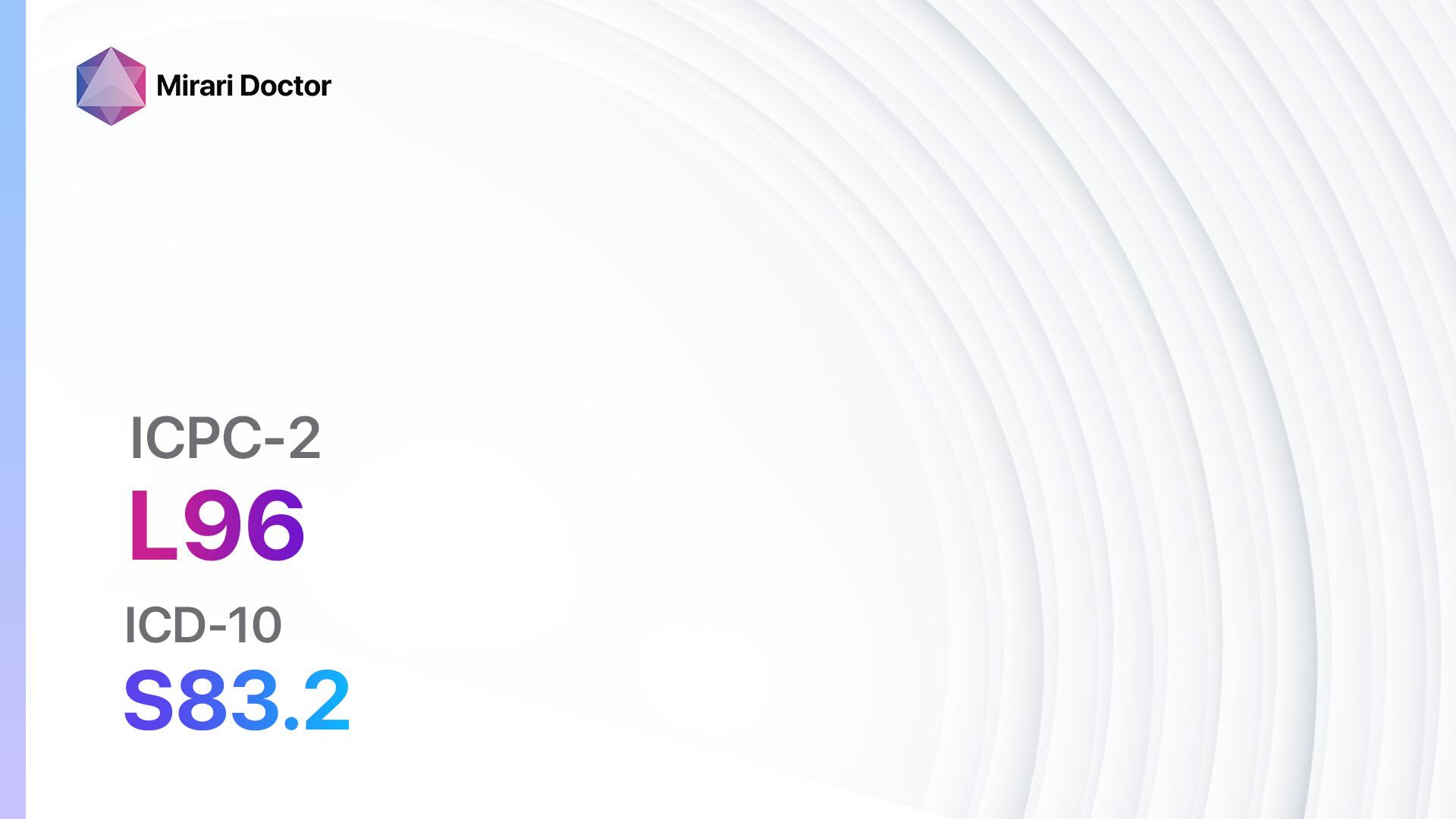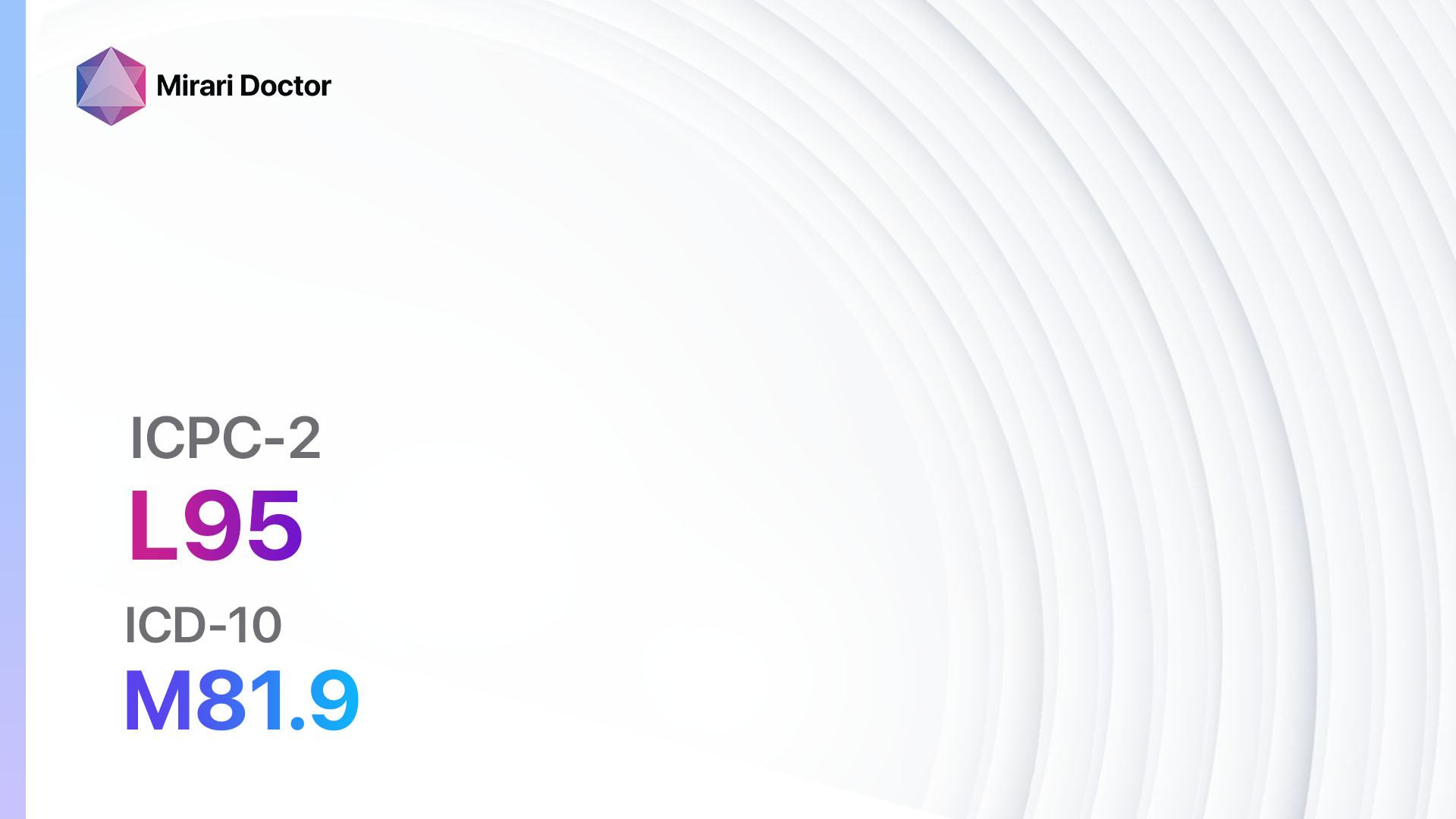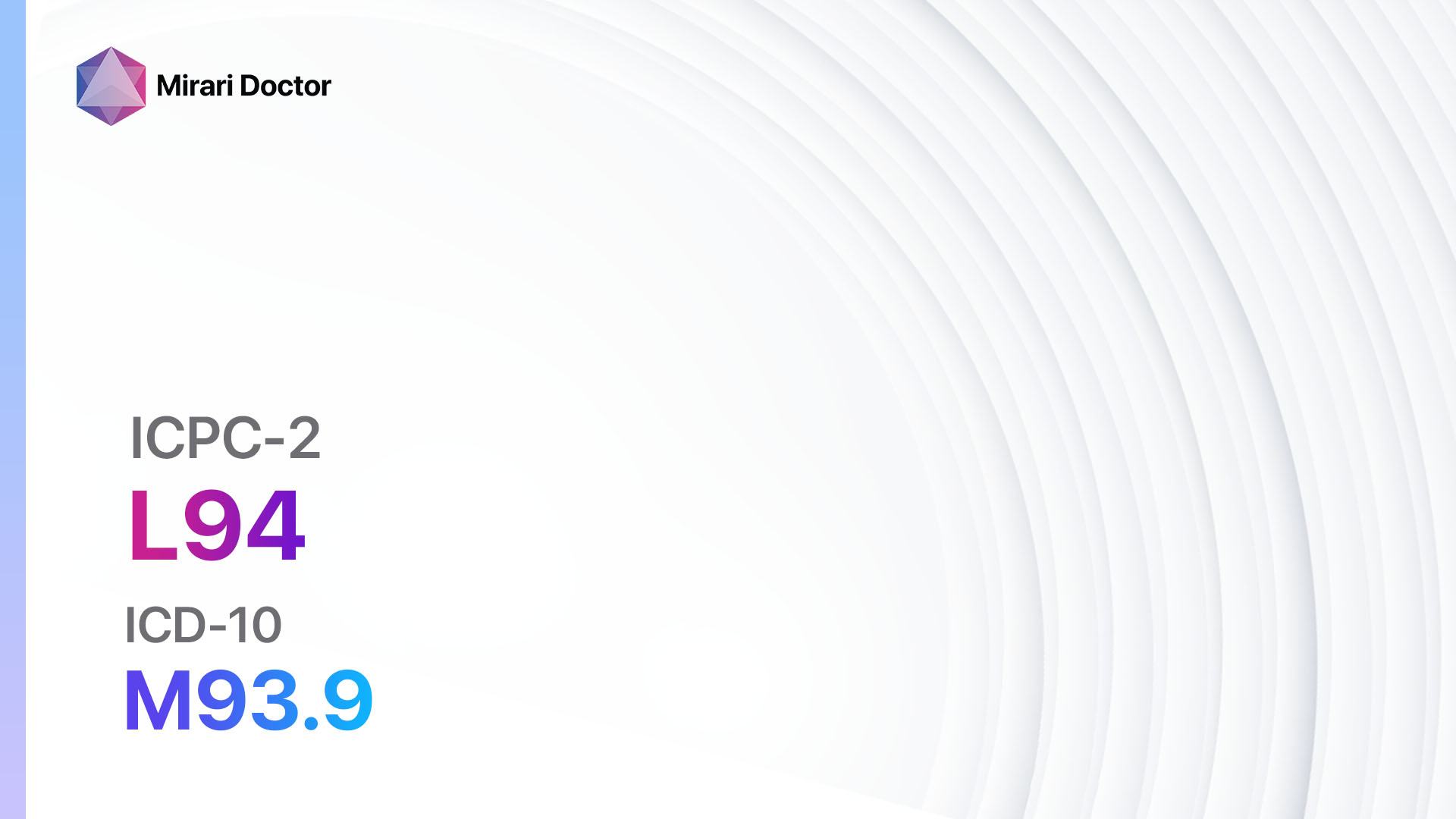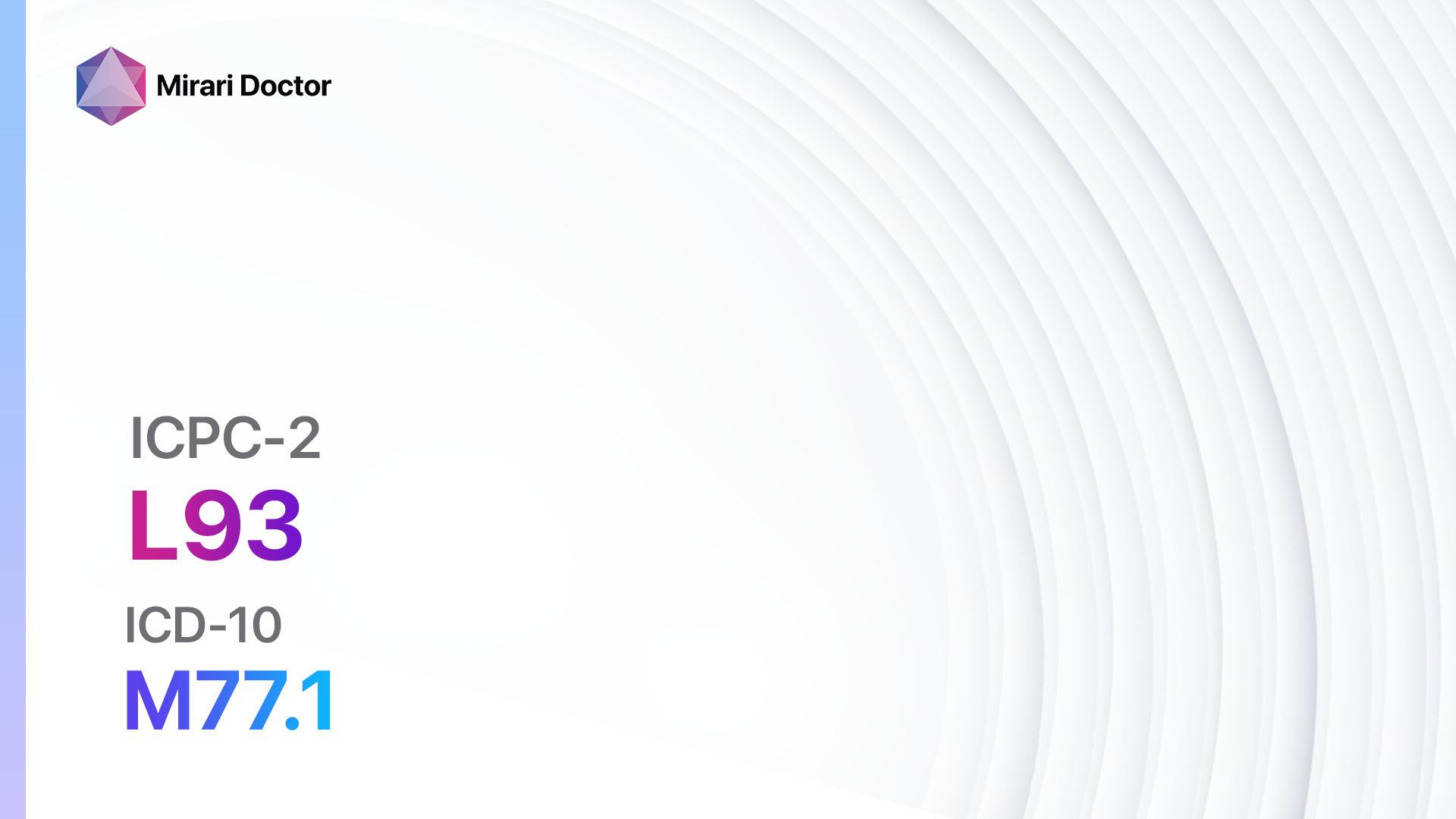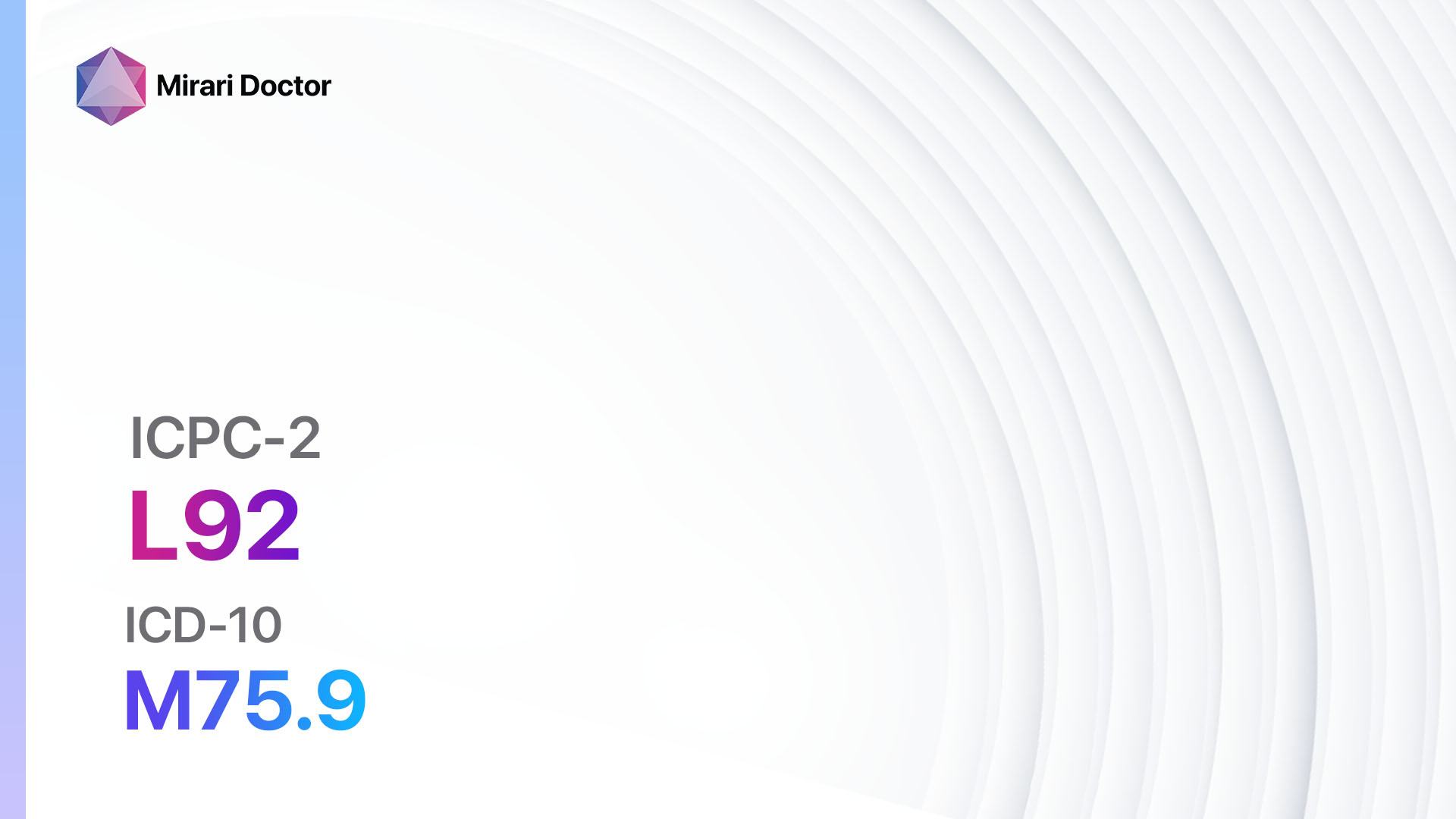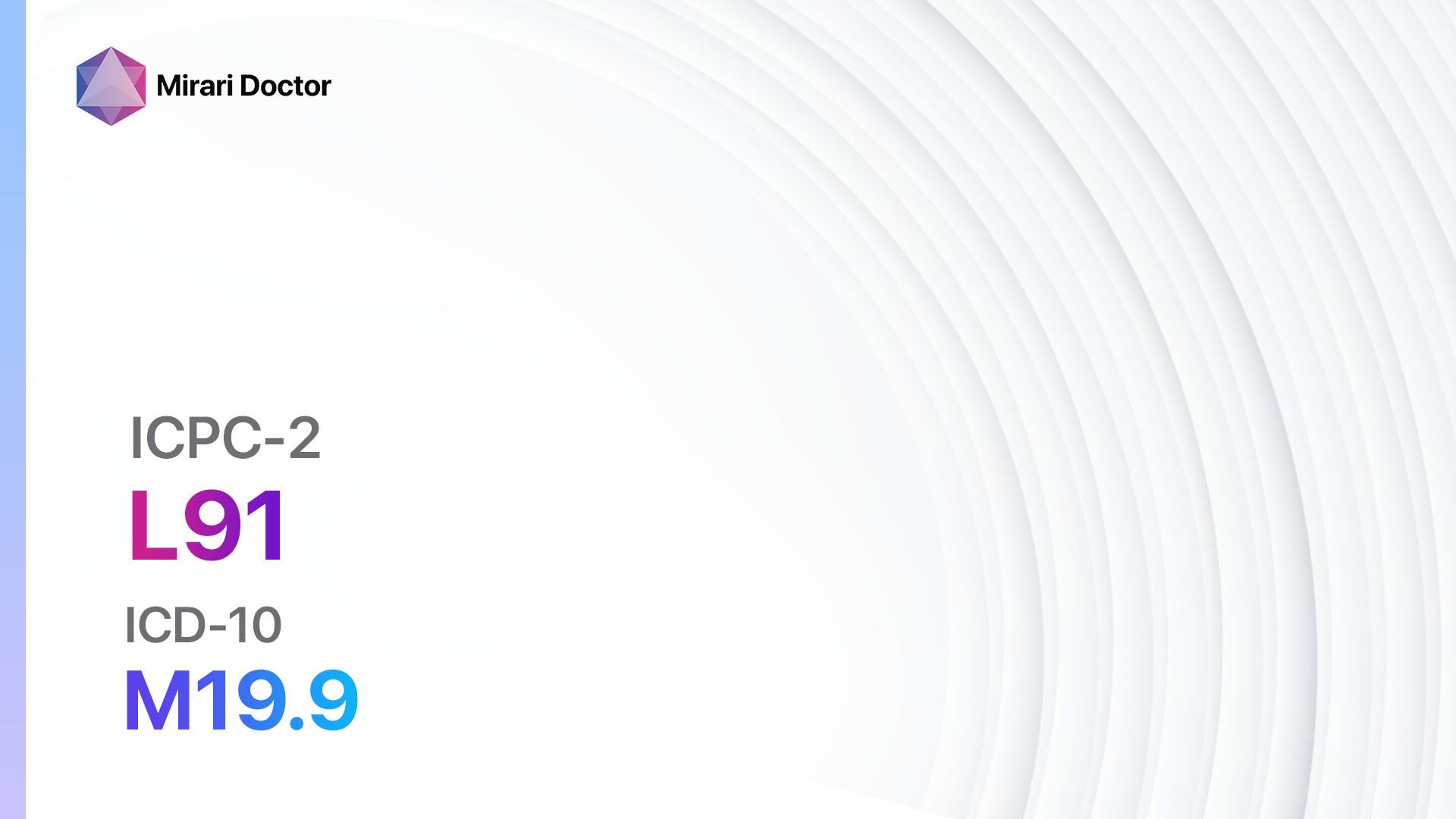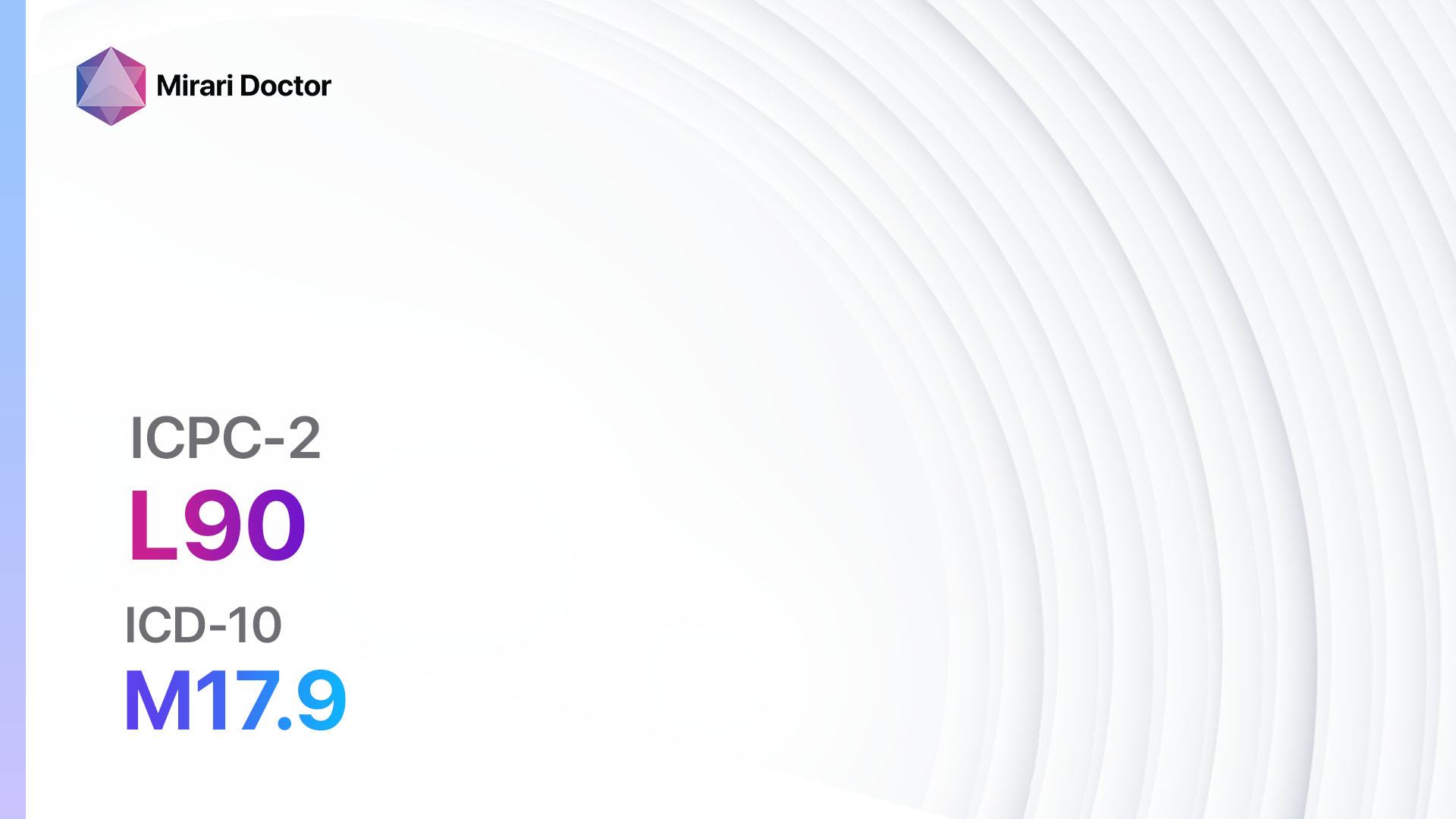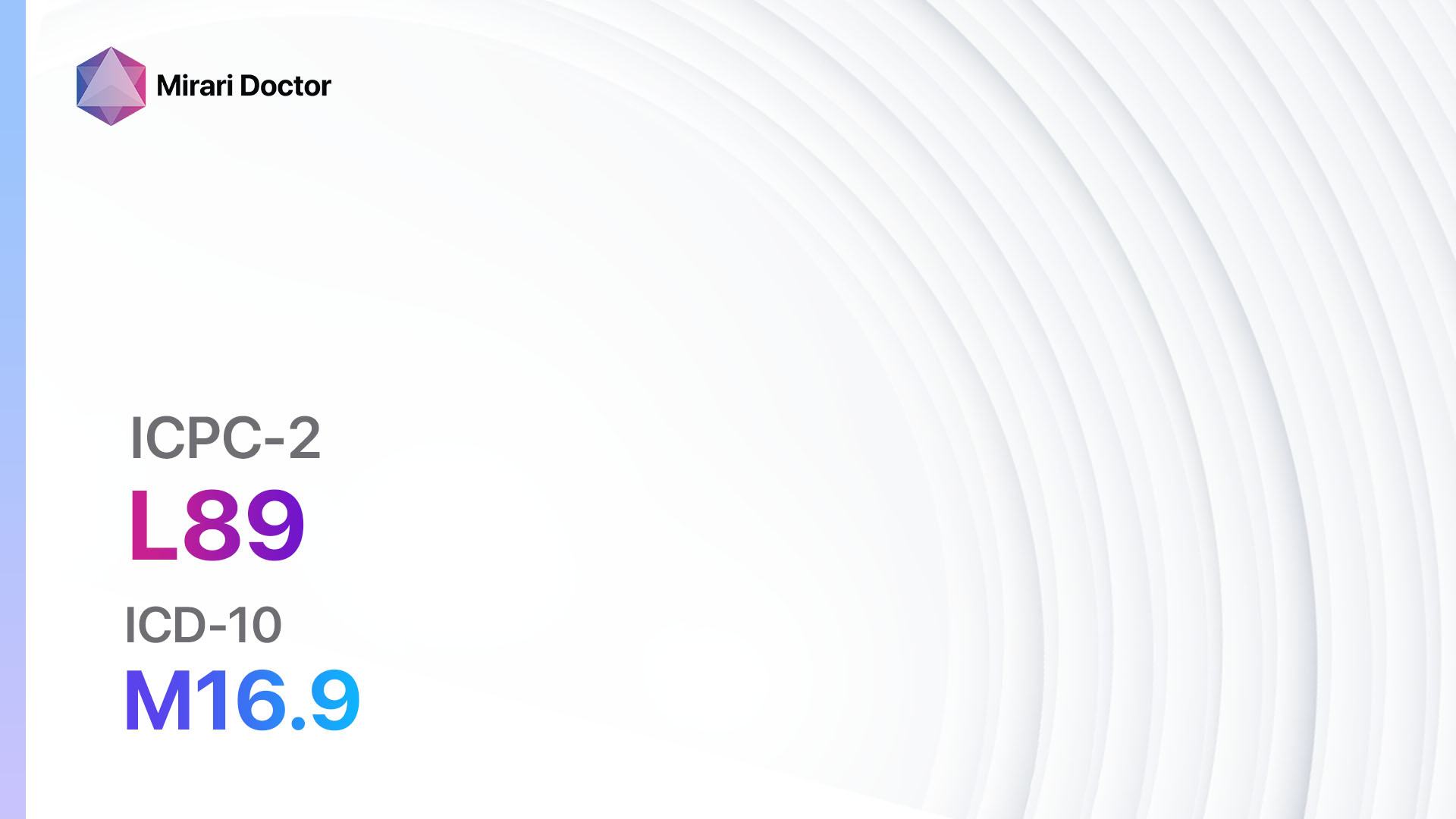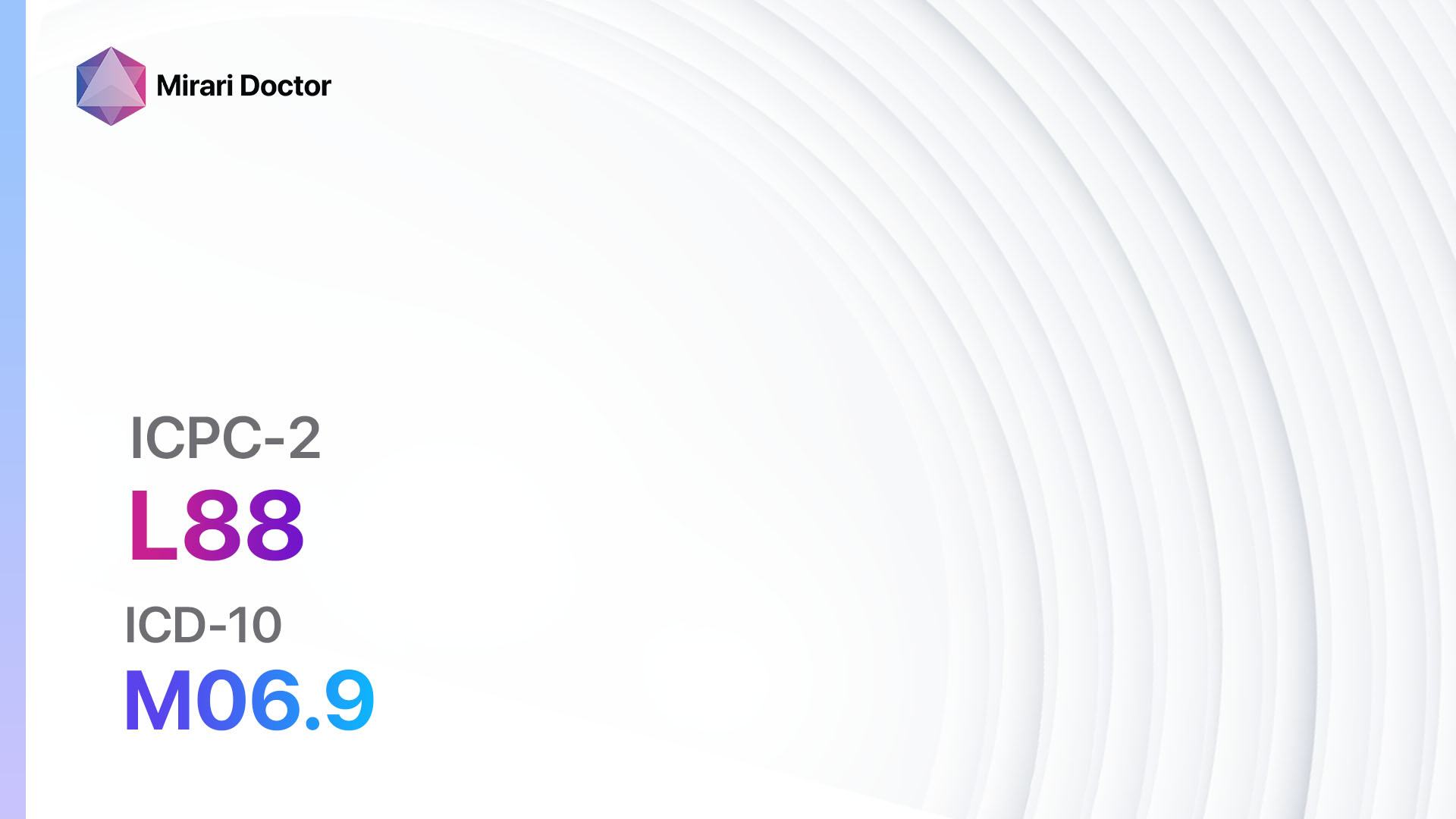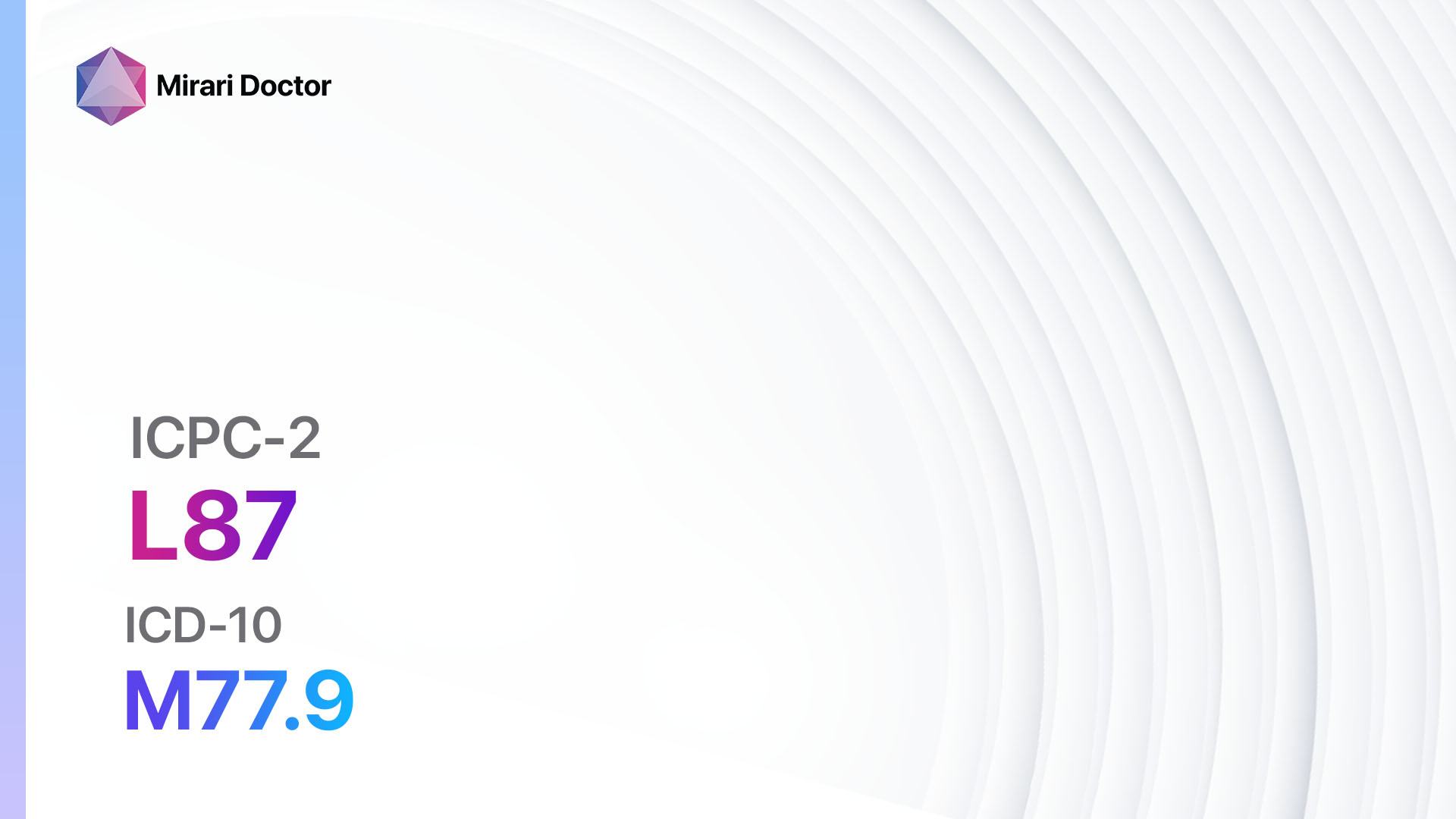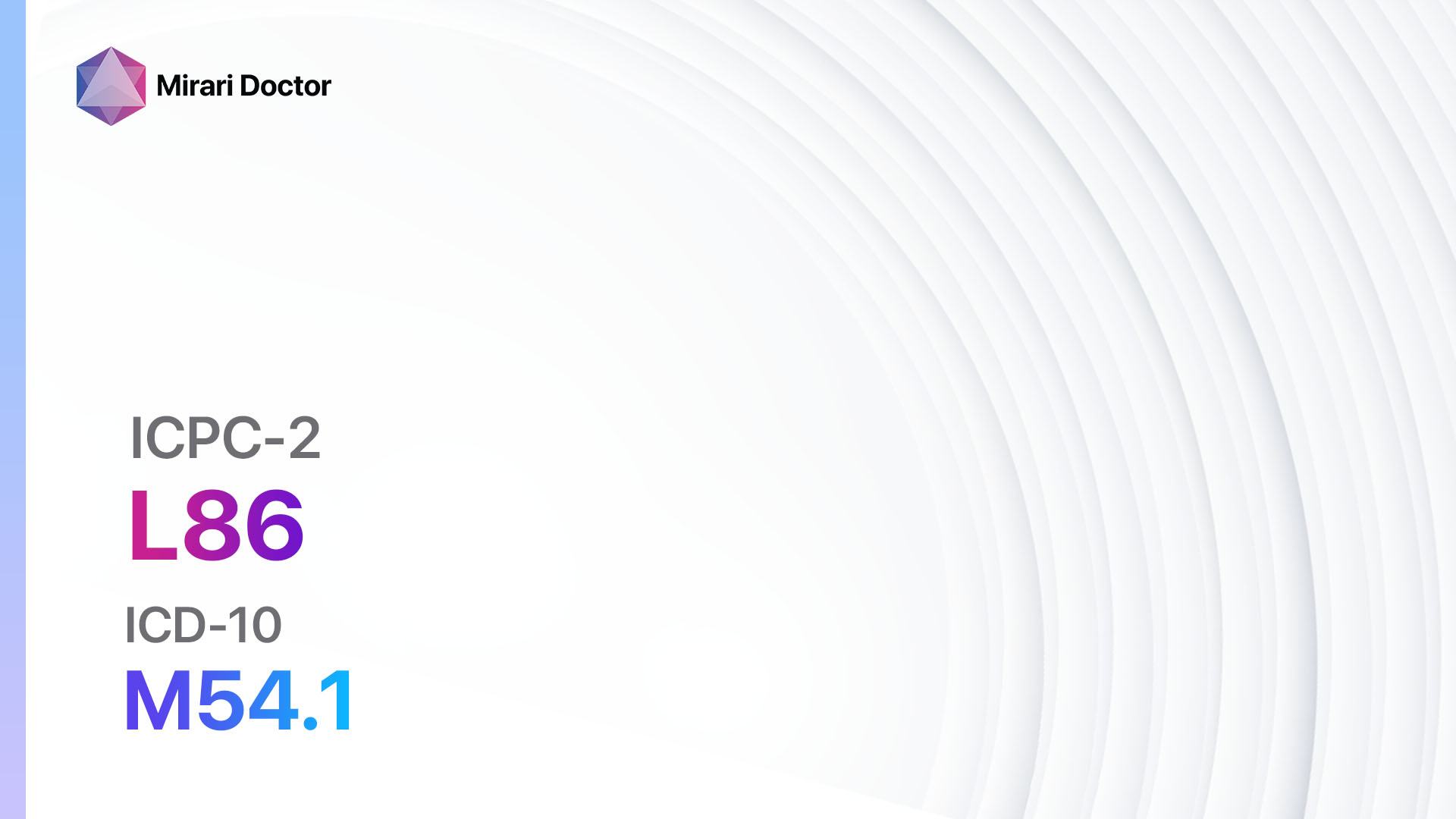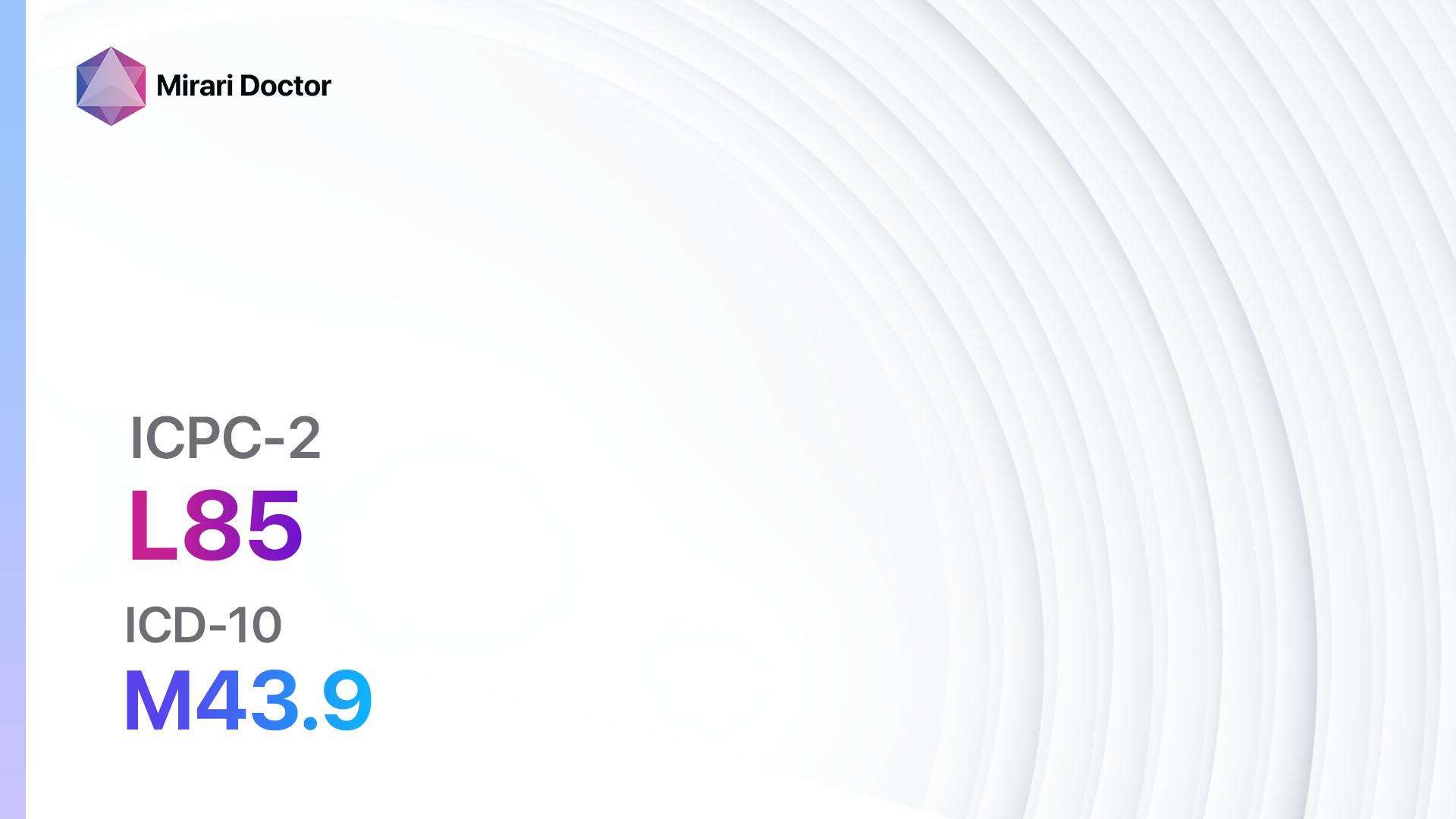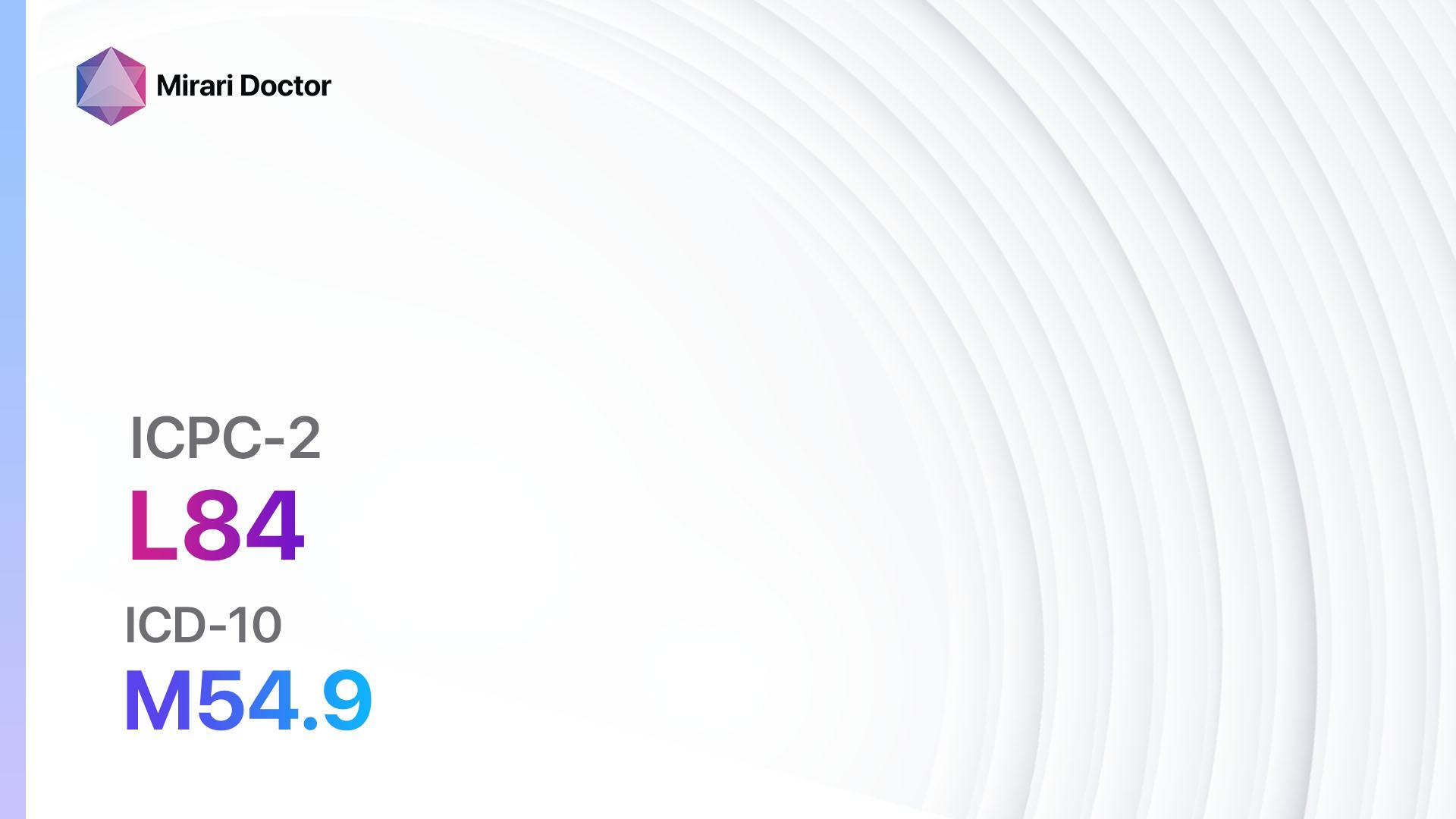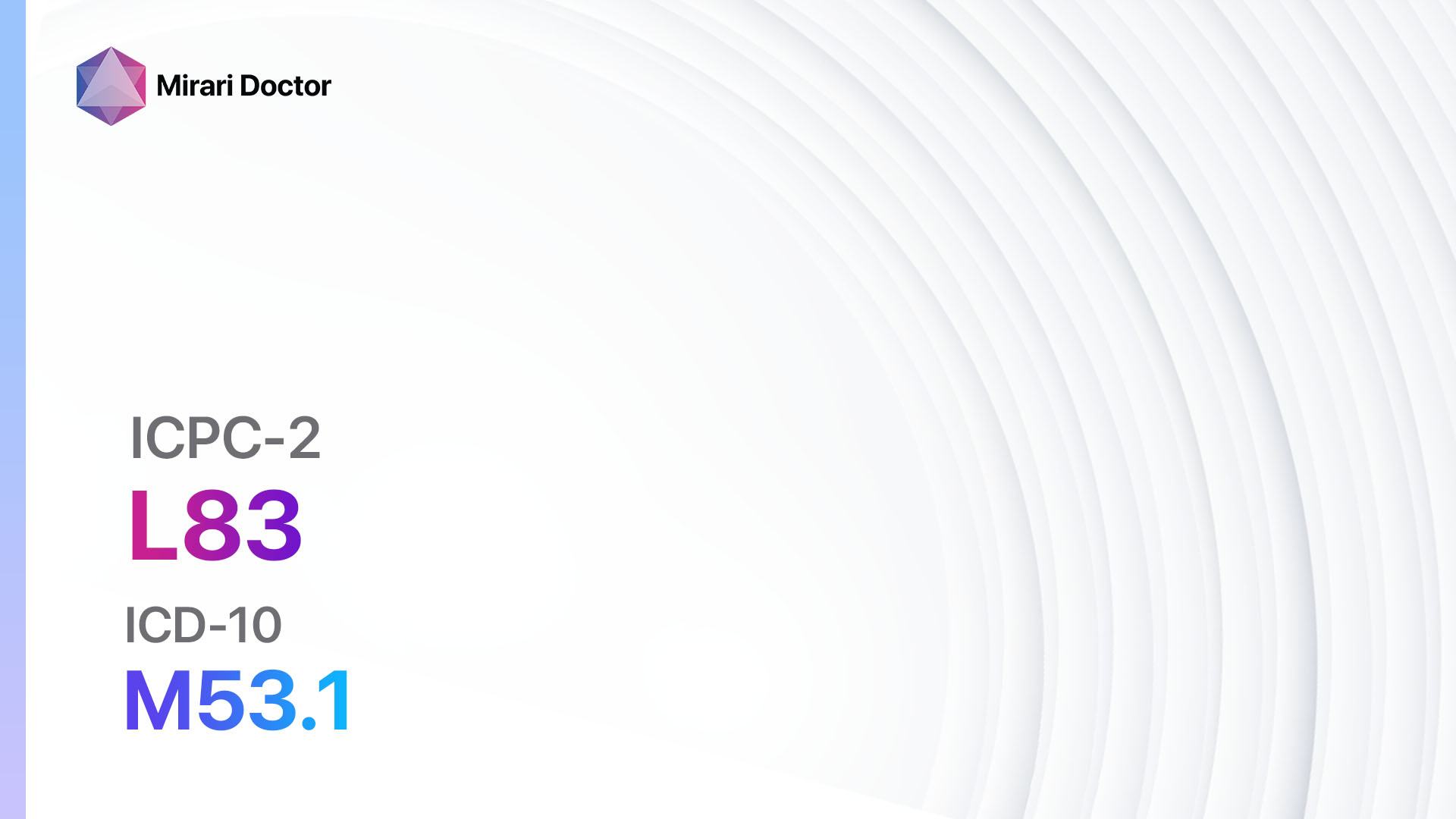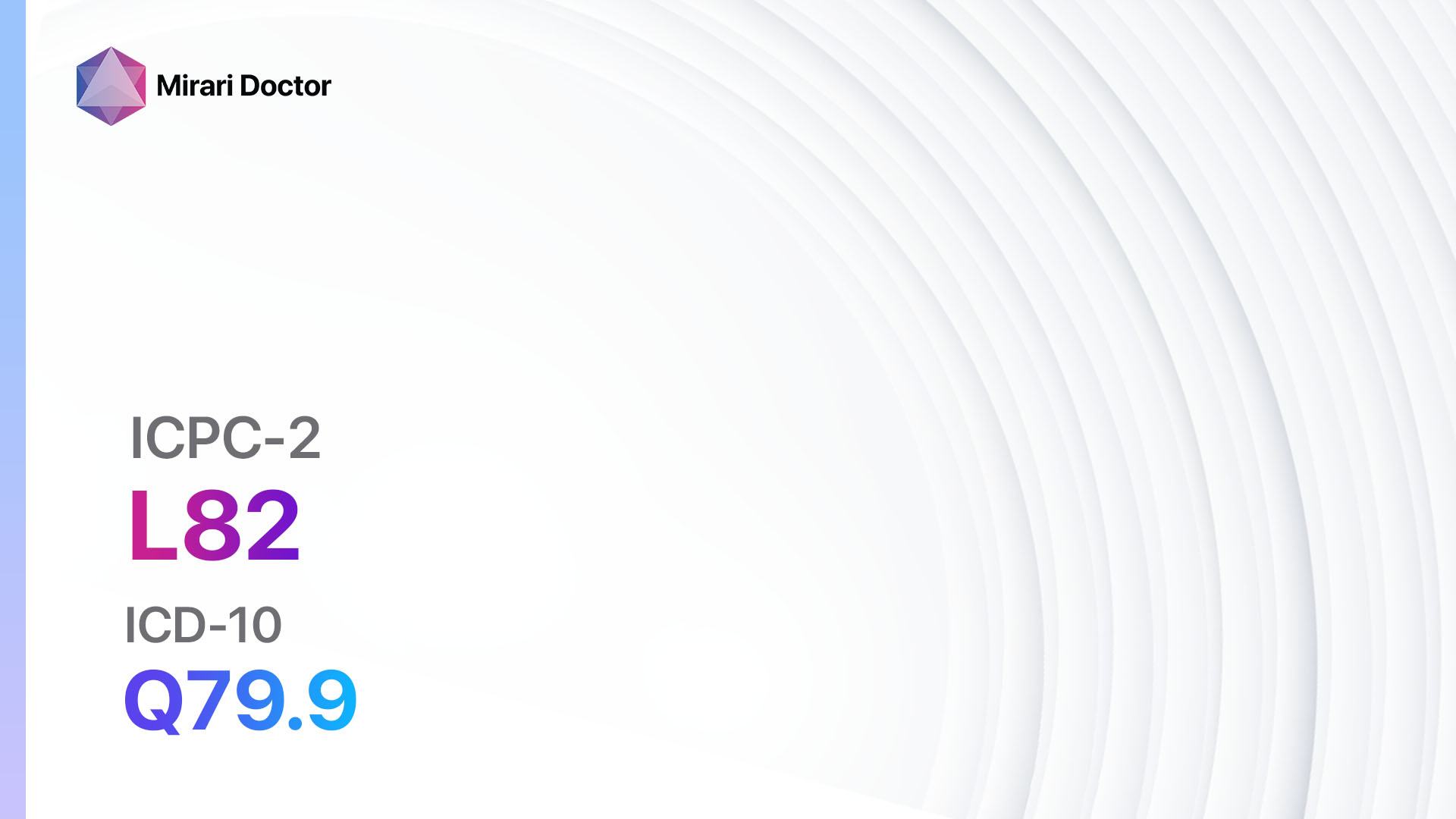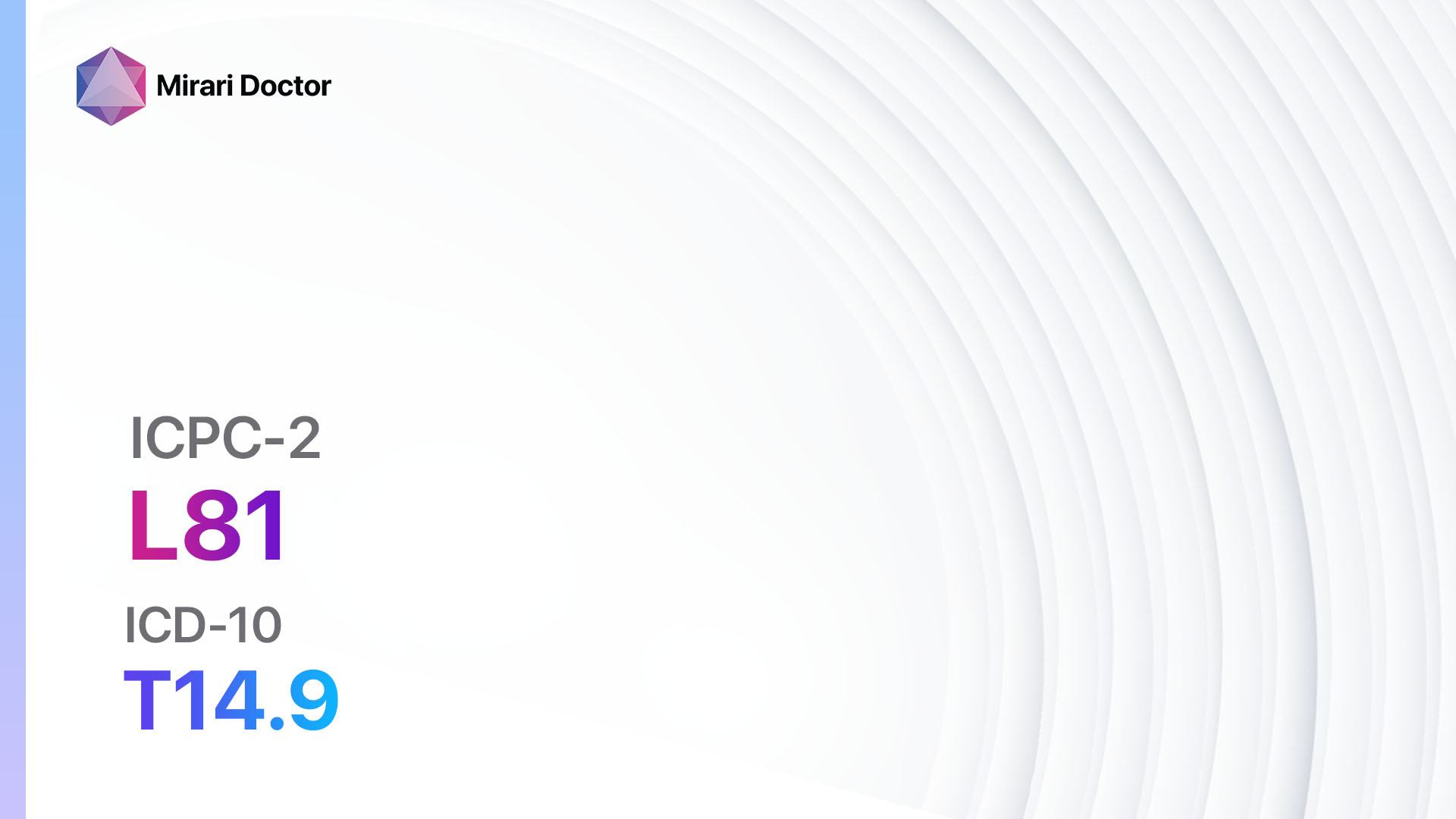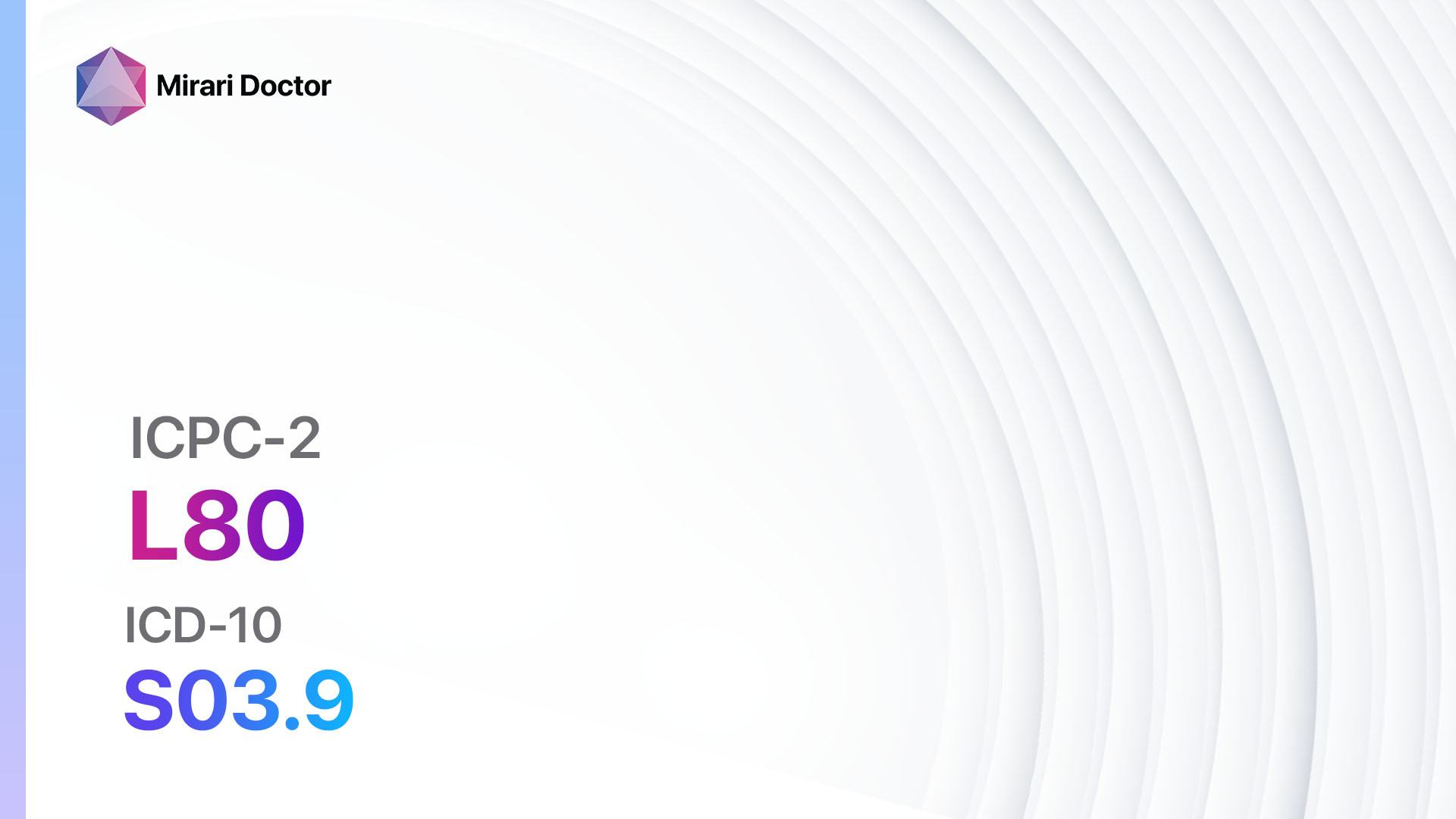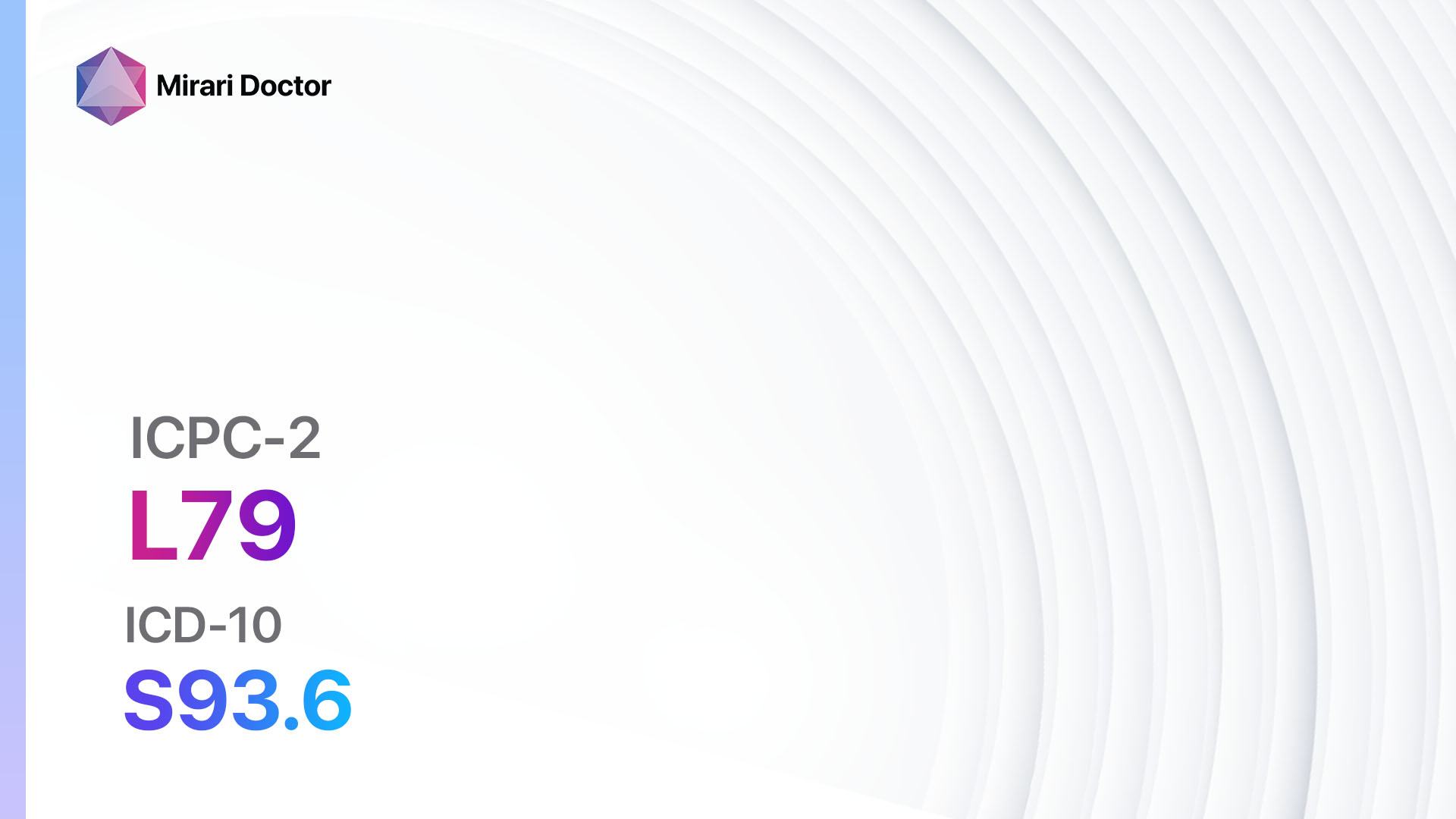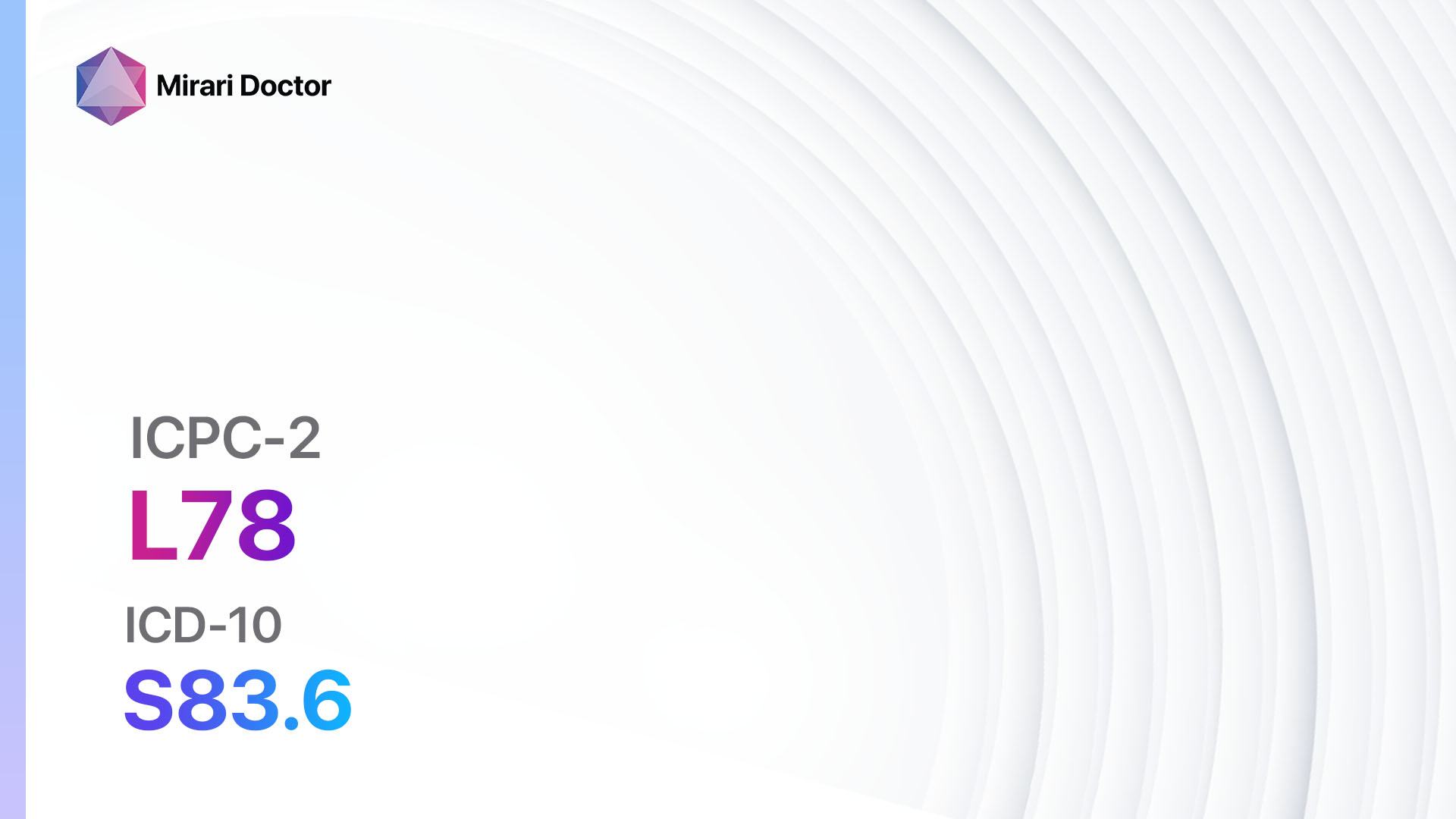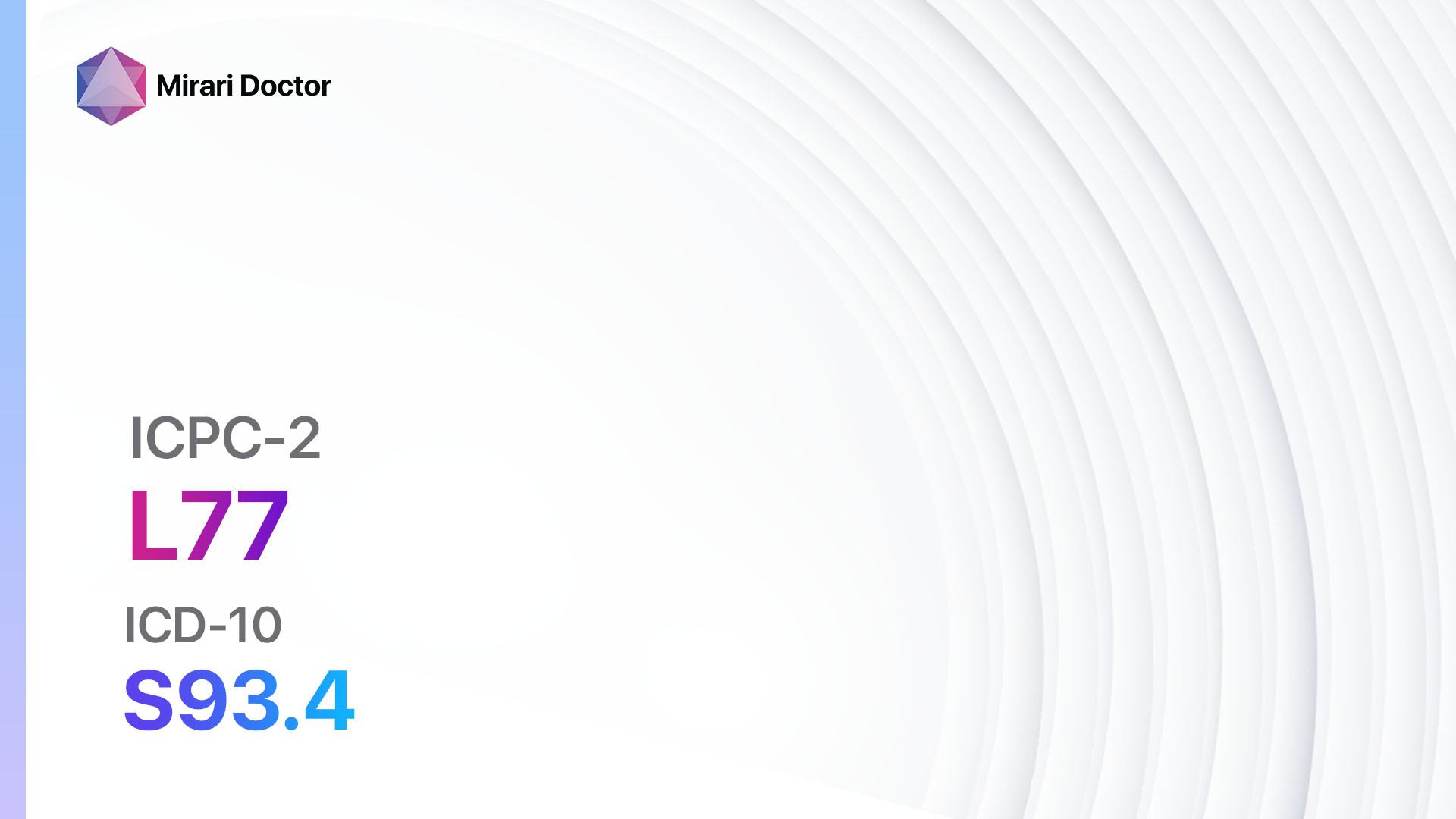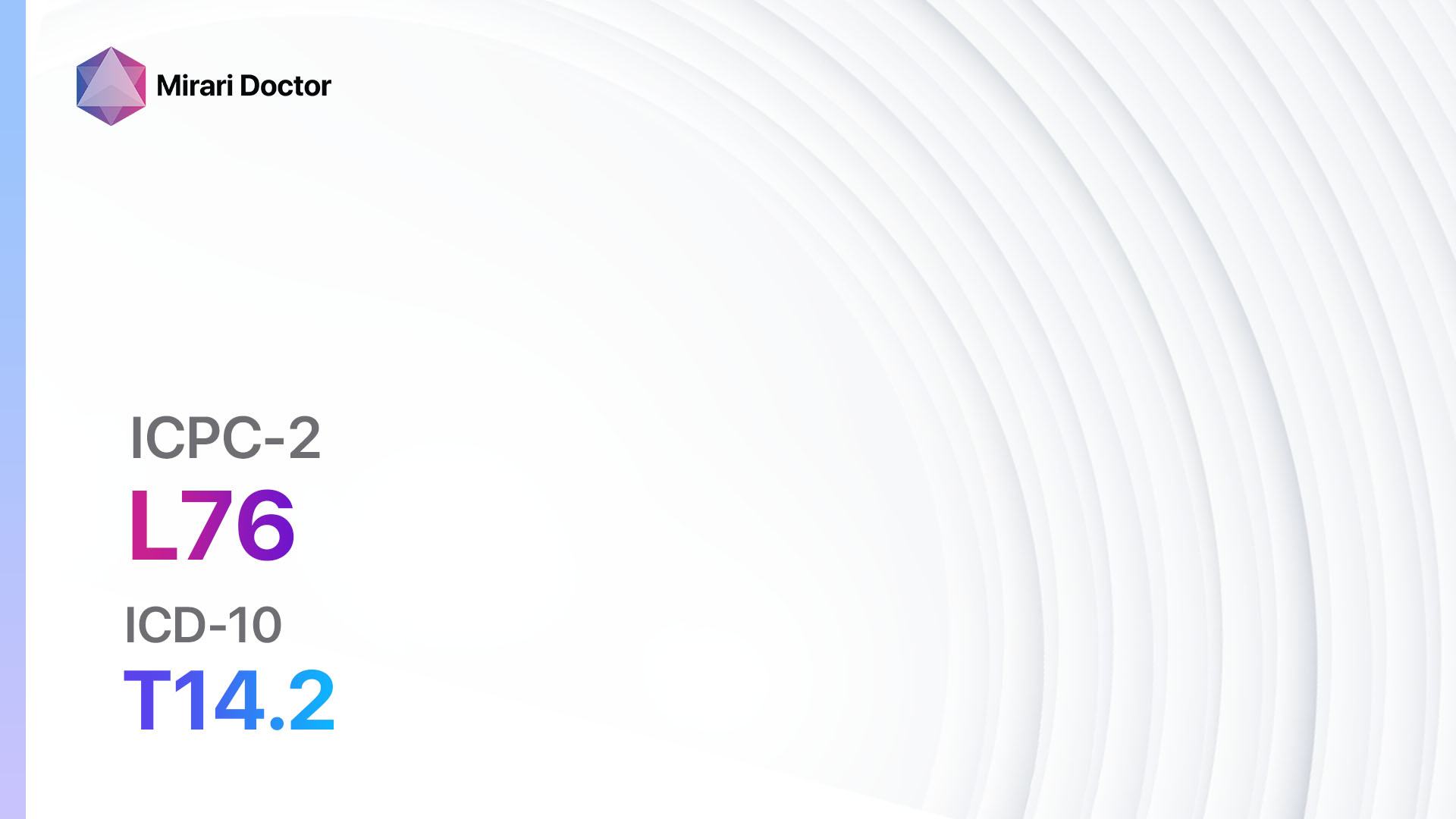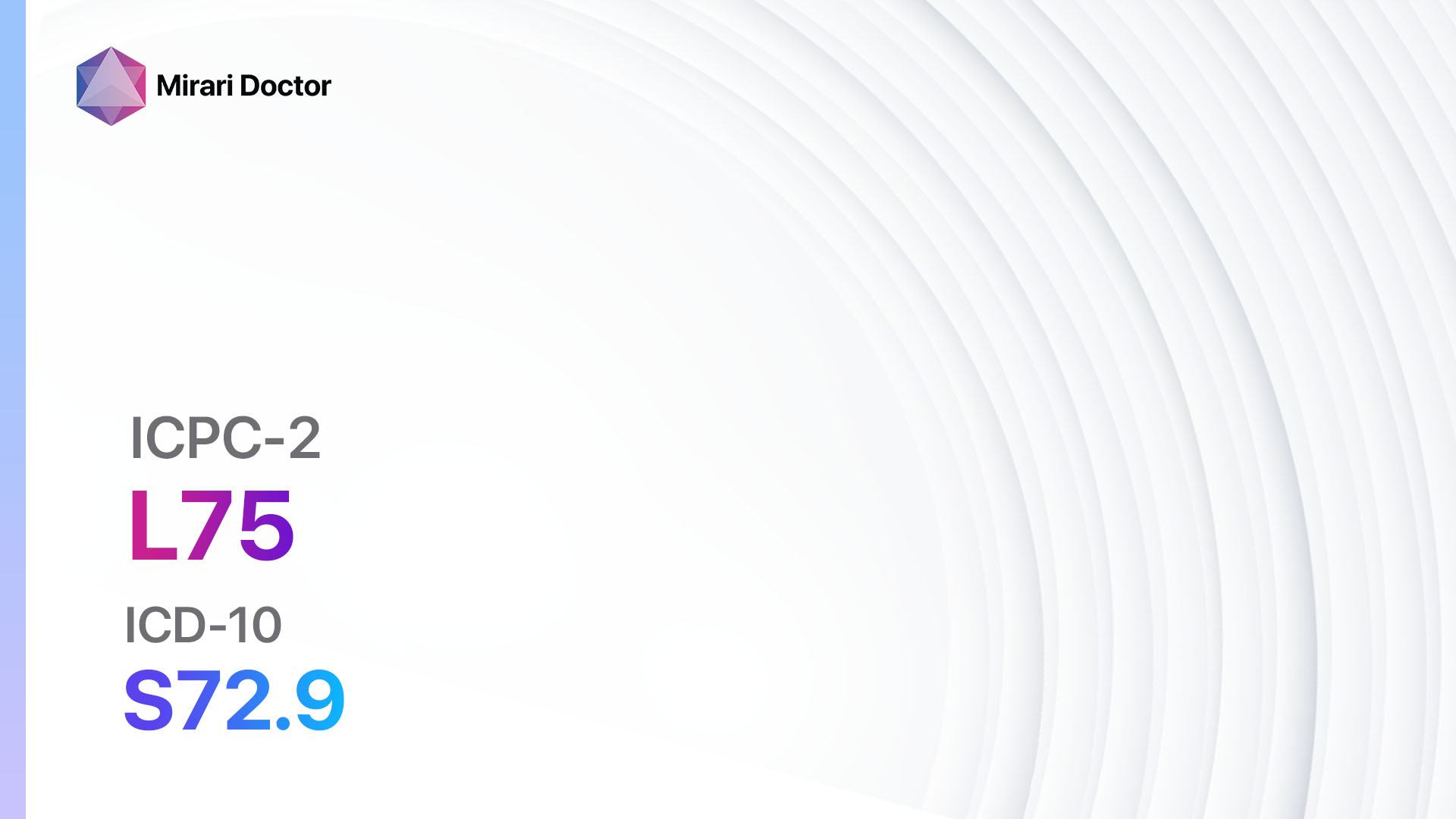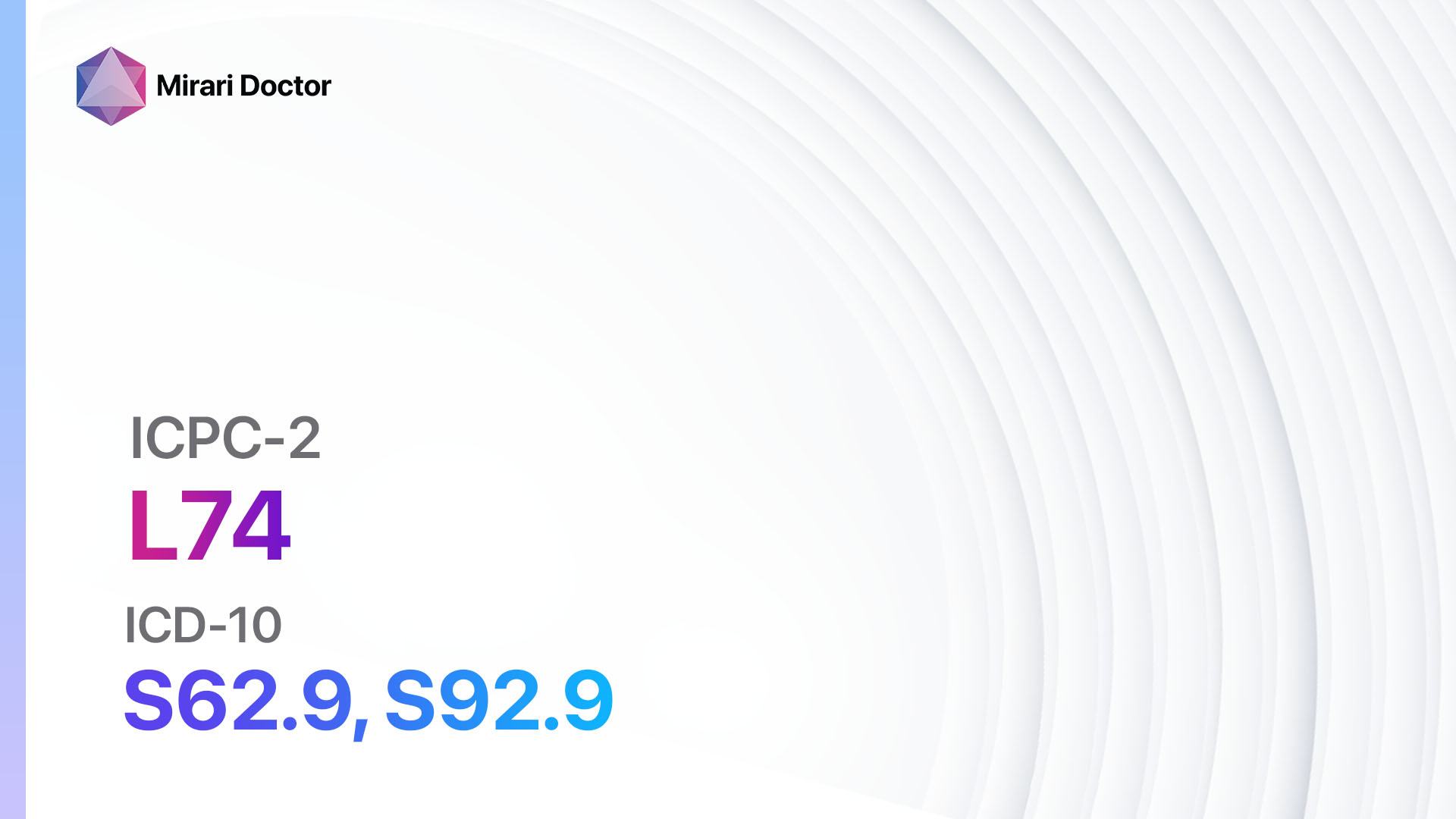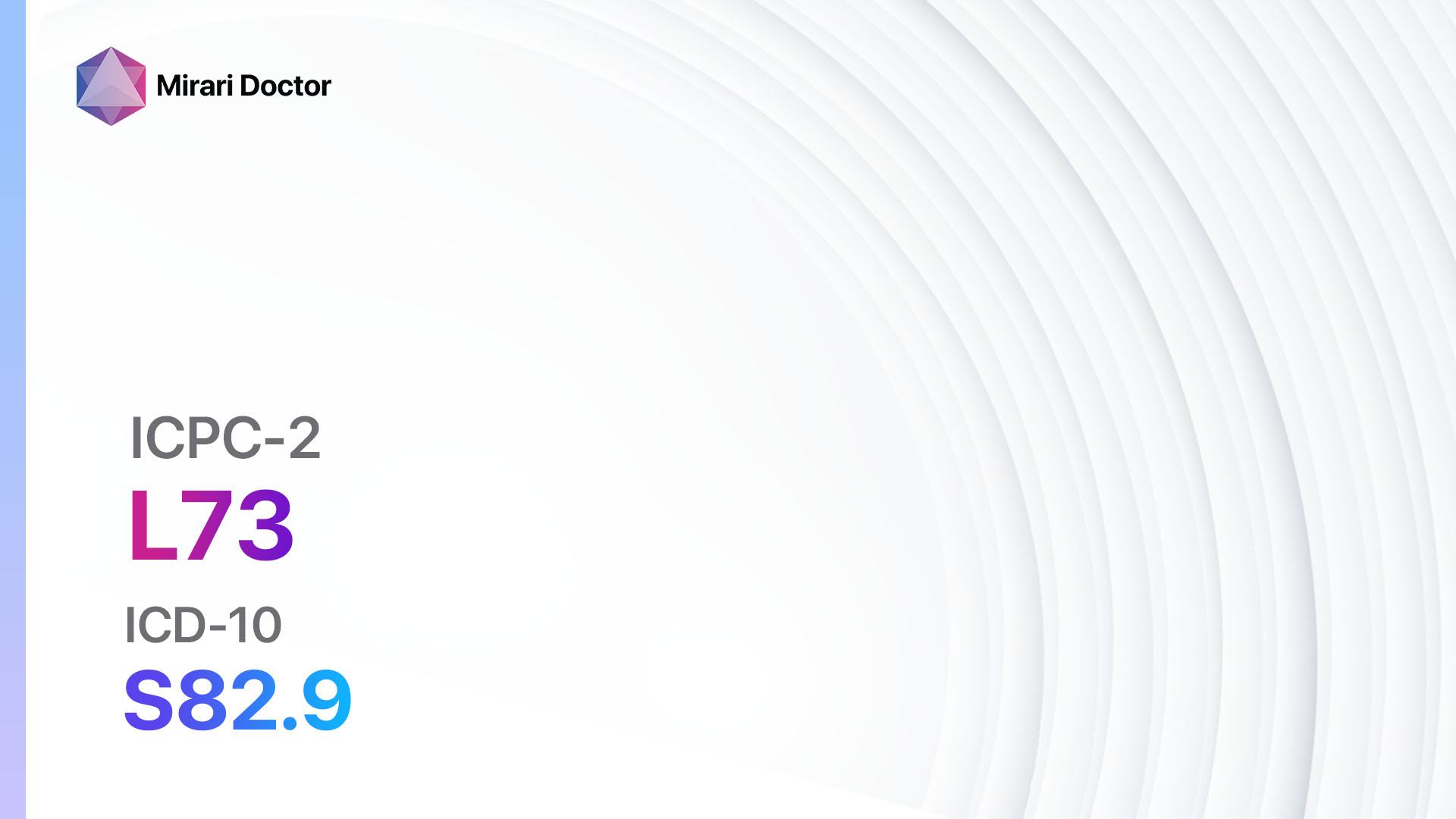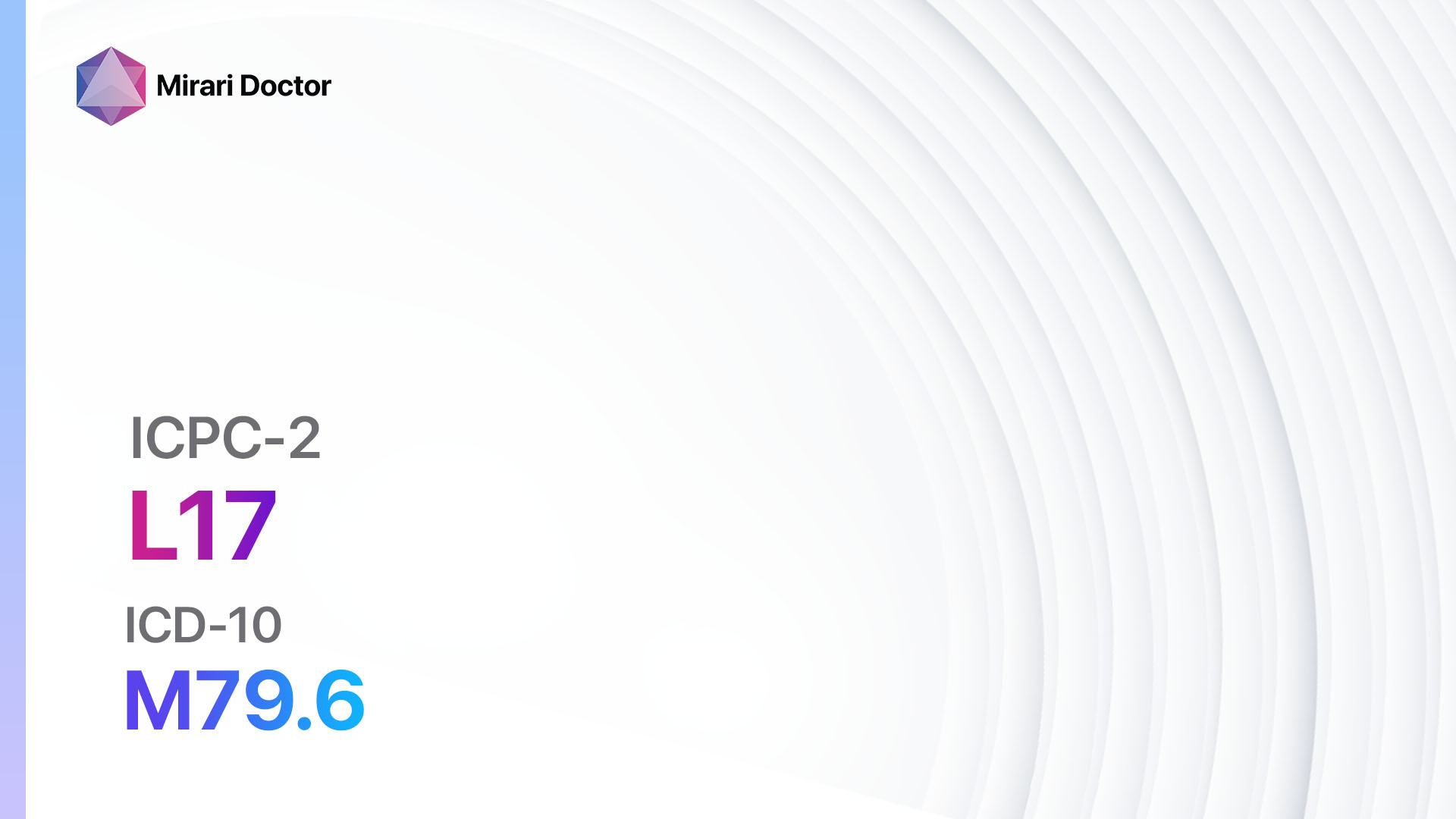
Introduction
Foot and toe symptoms or complaints can be indicative of various underlying conditions, ranging from minor injuries to more serious medical conditions[1]. This guide aims to provide a comprehensive overview of the diagnostic steps, possible interventions, and lifestyle modifications that can be considered for individuals presenting with foot/toe symptoms or complaints.
Codes
Symptoms
- Pain in the foot or toe: This can range from mild discomfort to severe pain and may be localized or radiating[4].
- Swelling or inflammation: The affected area may appear red, swollen, or warm to the touch[5].
- Difficulty walking or bearing weight on the foot: Individuals may experience difficulty walking or may limp due to pain or discomfort[6].
- Changes in skin color or texture: The skin on the foot or toe may appear pale, discolored, or have a different texture[7].
- Numbness or tingling: Some individuals may experience a loss of sensation or abnormal sensations, such as tingling or pins and needles[8].
- Limited range of motion: The affected foot or toe may have limited movement or stiffness[9].
Causes
- Trauma or injury: Foot or toe symptoms can be caused by direct trauma, such as fractures, sprains, or strains[10].
- Infections: Bacterial, fungal, or viral infections can affect the foot or toe, leading to symptoms such as pain, swelling, and redness.
- Inflammatory conditions: Conditions like arthritis or gout can cause inflammation and pain in the foot or toe.
- Nerve compression or damage: Conditions like Morton’s neuroma or peripheral neuropathy can lead to foot or toe symptoms.
- Circulatory disorders: Poor circulation, such as peripheral artery disease, can cause foot or toe symptoms due to reduced blood flow.
- Structural abnormalities: Foot or toe deformities, such as bunions or hammertoes, can cause pain and discomfort.
- Skin conditions: Conditions like athlete’s foot or psoriasis can affect the skin of the foot or toe, leading to symptoms.
Diagnostic Steps
Medical History
- Gather information about the onset, duration, and progression of symptoms.
- Inquire about any previous injuries or trauma to the foot or toe.
- Ask about any underlying medical conditions, such as diabetes or arthritis.
- Assess for any risk factors, such as a family history of foot or toe problems or occupations that involve prolonged standing or repetitive foot movements.
- Inquire about any medications or treatments that have been tried for symptom relief.
Physical Examination
- Inspect the foot and toe for any visible signs of injury, swelling, redness, or deformities.
- Palpate the foot and toe to assess for tenderness, warmth, or abnormal sensations.
- Evaluate the range of motion of the foot and toe joints.
- Perform specific tests, such as the squeeze test for Morton’s neuroma or the Tinel’s sign for nerve compression.
- Assess the circulation in the foot by checking pulses and capillary refill.
Laboratory Tests
- Complete blood count (CBC): To assess for signs of infection or inflammation.
- Erythrocyte sedimentation rate (ESR) or C-reactive protein (CRP): To evaluate the presence of inflammation.
- Blood glucose levels: To screen for diabetes, which can affect foot health.
- Culture and sensitivity tests: To identify the causative organism in case of suspected infection.
- Uric acid levels: To assess for gout, a condition that can cause foot or toe symptoms.
Diagnostic Imaging
- X-rays: To evaluate the bones and joints of the foot or toe for fractures, dislocations, or degenerative changes.
- Ultrasound: To assess soft tissues, such as tendons or ligaments, for tears or inflammation.
- Magnetic resonance imaging (MRI): To provide detailed images of the foot or toe structures, including bones, tendons, ligaments, and soft tissues.
- Computed tomography (CT) scan: To obtain cross-sectional images of the foot or toe, useful for evaluating complex fractures or joint abnormalities.
Other Tests
- Nerve conduction studies: To assess nerve function and identify any nerve damage or compression.
- Biopsy: In cases of suspected skin conditions or tumors, a biopsy may be necessary for definitive diagnosis.
- Joint aspiration: To obtain synovial fluid for analysis in cases of suspected joint inflammation or infection.
Follow-up and Patient Education
- Schedule follow-up appointments to monitor the progress of symptoms and response to treatment.
- Provide education on self-care measures, such as proper foot hygiene, footwear selection, and exercises to improve foot strength and flexibility.
- Discuss the importance of regular foot examinations and seeking prompt medical attention for any worsening or new symptoms.
- Address any concerns or questions the patient may have regarding their condition or treatment plan.
Possible Interventions
Traditional Interventions
Medications:
Top 5 drugs for Foot/toe symptom/complaint:
- Nonsteroidal anti-inflammatory drugs (NSAIDs) (e.g., Ibuprofen, Naproxen):
- Cost: Generic versions can be $3-$20/month.
- Contraindications: History of gastrointestinal bleeding, renal impairment, or allergy to NSAIDs.
- Side effects: Upset stomach, heartburn, increased risk of bleeding.
- Severe side effects: Gastrointestinal ulcers, kidney damage, cardiovascular events.
- Drug interactions: Anticoagulants, corticosteroids, selective serotonin reuptake inhibitors (SSRIs).
- Warning: Prolonged use can increase the risk of adverse effects, and caution should be exercised in patients with certain medical conditions.
- Topical analgesics (e.g., Capsaicin cream, Lidocaine patch):
- Cost: Varies depending on the specific product.
- Contraindications: Allergy to the active ingredients.
- Side effects: Local skin irritation, burning sensation.
- Severe side effects: Allergic reactions.
- Drug interactions: None reported.
- Warning: Avoid contact with eyes or mucous membranes, and wash hands thoroughly after application.
- Corticosteroids (e.g., Prednisone, Methylprednisolone):
- Cost: Generic versions can be $4-$30/month.
- Contraindications: Active infections, systemic fungal infections, hypersensitivity to corticosteroids.
- Side effects: Increased appetite, weight gain, mood changes.
- Severe side effects: Increased risk of infections, osteoporosis, adrenal suppression.
- Drug interactions: Nonsteroidal anti-inflammatory drugs (NSAIDs), anticoagulants, antidiabetic medications.
- Warning: Long-term use should be avoided due to the risk of adverse effects.
- Antibiotics (e.g., Amoxicillin, Cephalexin):
- Cost: Generic versions can be $4-$30/month.
- Contraindications: Allergy to antibiotics, history of severe adverse reactions.
- Side effects: Upset stomach, diarrhea, rash.
- Severe side effects: Severe allergic reactions, Clostridium difficile infection.
- Drug interactions: None reported.
- Warning: Antibiotics should be used judiciously to prevent antibiotic resistance.
- Antifungal medications (e.g., Terbinafine, Clotrimazole):
- Cost: Generic versions can be $10-$30/month.
- Contraindications: Allergy to antifungal medications.
- Side effects: Skin irritation, rash.
- Severe side effects: Severe allergic reactions.
- Drug interactions: None reported.
- Warning: Complete the full course of treatment to prevent recurrence of fungal infections.
Alternative Drugs:
- Acetaminophen: An alternative to NSAIDs for pain relief, especially in individuals with contraindications to NSAIDs.
- Muscle relaxants: Can be considered for individuals with muscle spasms or cramps contributing to foot or toe symptoms.
- Antidepressants: Certain antidepressants, such as amitriptyline or duloxetine, may be used for neuropathic pain associated with foot or toe symptoms.
- Anticonvulsants: Medications like gabapentin or pregabalin can be considered for neuropathic pain management.
Surgical Procedures:
- Bunionectomy: Surgical removal of a bunion, which is a bony bump that forms at the base of the big toe. Cost: $3,000 to $10,000.
- Arthroplasty: Surgical reconstruction or replacement of a joint in the foot or toe. Cost: $5,000 to $20,000.
- Tendon repair: Surgical repair of damaged or torn tendons in the foot or toe. Cost: $3,000 to $10,000.
- Joint fusion: Surgical fusion of two or more bones in the foot or toe to provide stability and relieve pain. Cost: $5,000 to $20,000.
- Nerve decompression: Surgical release of compressed nerves in the foot or toe. Cost: $3,000 to $10,000.
Alternative Interventions
- Physical therapy: Can help improve foot and toe strength, flexibility, and range of motion. Cost: $50-$150 per session.
- Orthotics: Custom-made shoe inserts or orthopedic footwear to provide support and alleviate foot or toe symptoms. Cost: $100-$500.
- Massage therapy: May help reduce muscle tension and improve circulation in the foot or toe. Cost: $60-$120 per session.
- Acupuncture: May help alleviate pain and improve blood flow in the foot or toe. Cost: $60-$120 per session.
- Herbal supplements: Some herbal supplements, such as turmeric or ginger, may have anti-inflammatory properties. Cost: Varies depending on the specific supplement.
Lifestyle Interventions
- Footwear modifications: Wearing comfortable, supportive shoes with adequate cushioning and proper fit.
- Rest and elevation: Elevating the foot or toe and avoiding prolonged weight-bearing activities to reduce swelling and promote healing.
- Ice or heat therapy: Applying ice packs or warm compresses to the affected area to reduce pain and inflammation.
- Weight management: Maintaining a healthy weight to reduce stress on the foot and toe joints.
- Foot exercises: Performing specific exercises to strengthen the foot and toe muscles and improve flexibility.
- Proper foot hygiene: Keeping the feet clean and dry to prevent infections and skin conditions.
It is important to note that the cost ranges provided are approximate and may vary depending on the location and availability of the interventions. It is recommended to consult with a healthcare professional for personalized recommendations and cost estimates based on individual circumstances.
Mirari Cold Plasma Alternative Intervention
Understanding Mirari Cold Plasma
- Safe and Non-Invasive Treatment: Mirari Cold Plasma is a safe and non-invasive treatment option for various skin conditions. It does not require incisions, minimizing the risk of scarring, bleeding, or tissue damage.
- Efficient Extraction of Foreign Bodies: Mirari Cold Plasma facilitates the removal of foreign bodies from the skin by degrading and dissociating organic matter, allowing easier access and extraction.
- Pain Reduction and Comfort: Mirari Cold Plasma has a local analgesic effect, providing pain relief during the treatment, making it more comfortable for the patient.
- Reduced Risk of Infection: Mirari Cold Plasma has antimicrobial properties, effectively killing bacteria and reducing the risk of infection.
- Accelerated Healing and Minimal Scarring: Mirari Cold Plasma stimulates wound healing and tissue regeneration, reducing healing time and minimizing the formation of scars.
Mirari Cold Plasma Prescription
Video instructions for using Mirari Cold Plasma Device – L17 Foot/toe symptom/complaint (ICD-10:M79.6)
| Mild | Moderate | Severe |
| Mode setting: 2 (Wound Healing) Location: 0 (Localized) Morning: 15 minutes, Evening: 15 minutes |
Mode setting: 2 (Wound Healing) Location: 0 (Localized) Morning: 30 minutes, Lunch: 30 minutes, Evening: 30 minutes |
Mode setting: 2 (Wound Healing) Location: 0 (Localized) Morning: 30 minutes, Lunch: 30 minutes, Evening: 30 minutes |
| Mode setting: 9 (Arthritis) Location: 0 (Localized) Morning: 15 minutes, Evening: 15 minutes |
Mode setting: 9 (Arthritis) Location: 0 (Localized) Morning: 30 minutes, Lunch: 30 minutes, Evening: 30 minutes |
Mode setting: 9 (Arthritis) Location: 0 (Localized) Morning: 30 minutes, Lunch: 30 minutes, Evening: 30 minutes |
| Mode setting: 7 (Immunotherapy) Location: 1 (Sacrum) Morning: 15 minutes, Evening: 15 minutes |
Mode setting: 7 (Immunotherapy) Location: 1 (Sacrum) Morning: 30 minutes, Lunch: 30 minutes, Evening: 30 minutes |
Mode setting: 7 (Immunotherapy) Location: 1 (Sacrum) Morning: 30 minutes, Lunch: 30 minutes, Evening: 30 minutes |
| Total Morning: 45 minutes approx. $7.50 USD, Evening: 45 minutes approx. $7.50 USD |
Total Morning: 90 minutes approx. $15 USD, Lunch: 90 minutes approx. $15 USD, Evening: 90 minutes approx. $15 USD, |
Total Morning: 90 minutes approx. $15 USD, Lunch: 90 minutes approx. $15 USD, Evening: 90 minutes approx. $15 USD, |
| Usual treatment for 7-60 days approx. $105 USD – $900 USD | Usual treatment for 6-8 weeks approx. $1,890 USD – $2,520 USD |
Usual treatment for 3-6 months approx. $4,050 USD – $8,100 USD
|
 |
|
Use the Mirari Cold Plasma device to treat Foot/toe symptom/complaint effectively.
WARNING: MIRARI COLD PLASMA IS DESIGNED FOR THE HUMAN BODY WITHOUT ANY ARTIFICIAL OR THIRD PARTY PRODUCTS. USE OF OTHER PRODUCTS IN COMBINATION WITH MIRARI COLD PLASMA MAY CAUSE UNPREDICTABLE EFFECTS, HARM OR INJURY. PLEASE CONSULT A MEDICAL PROFESSIONAL BEFORE COMBINING ANY OTHER PRODUCTS WITH USE OF MIRARI.
Step 1: Cleanse the Skin
- Start by cleaning the affected area of the skin with a gentle cleanser or mild soap and water. Gently pat the area dry with a clean towel.
Step 2: Prepare the Mirari Cold Plasma device
- Ensure that the Mirari Cold Plasma device is fully charged or has fresh batteries as per the manufacturer’s instructions. Make sure the device is clean and in good working condition.
- Switch on the Mirari device using the power button or by following the specific instructions provided with the device.
- Some Mirari devices may have adjustable settings for intensity or treatment duration. Follow the manufacturer’s instructions to select the appropriate settings based on your needs and the recommended guidelines.
Step 3: Apply the Device
- Place the Mirari device in direct contact with the affected area of the skin. Gently glide or hold the device over the skin surface, ensuring even coverage of the area experiencing.
- Slowly move the Mirari device in a circular motion or follow a specific pattern as indicated in the user manual. This helps ensure thorough treatment coverage.
Step 4: Monitor and Assess:
- Keep track of your progress and evaluate the effectiveness of the Mirari device in managing your Foot/toe symptom/complaint. If you have any concerns or notice any adverse reactions, consult with your health care professional.
Note
This guide is for informational purposes only and should not replace the advice of a medical professional. Always consult with your healthcare provider or a qualified medical professional for personal advice, diagnosis, or treatment. Do not solely rely on the information presented here for decisions about your health. Use of this information is at your own risk. The authors of this guide, nor any associated entities or platforms, are not responsible for any potential adverse effects or outcomes based on the content.
Mirari Cold Plasma System Disclaimer
- Purpose: The Mirari Cold Plasma System is a Class 2 medical device designed for use by trained healthcare professionals. It is registered for use in Thailand and Vietnam. It is not intended for use outside of these locations.
- Informational Use: The content and information provided with the device are for educational and informational purposes only. They are not a substitute for professional medical advice or care.
- Variable Outcomes: While the device is approved for specific uses, individual outcomes can differ. We do not assert or guarantee specific medical outcomes.
- Consultation: Prior to utilizing the device or making decisions based on its content, it is essential to consult with a Certified Mirari Tele-Therapist and your medical healthcare provider regarding specific protocols.
- Liability: By using this device, users are acknowledging and accepting all potential risks. Neither the manufacturer nor the distributor will be held accountable for any adverse reactions, injuries, or damages stemming from its use.
- Geographical Availability: This device has received approval for designated purposes by the Thai and Vietnam FDA. As of now, outside of Thailand and Vietnam, the Mirari Cold Plasma System is not available for purchase or use.
References
- Foot Pain: Causes, Treatment, Prevention, and More – Healthline. (n.d.). Retrieved June 21, 2024, from https://www.healthline.com/health/foot-pain
- Structured classification for ED presenting complaints – NCBI. (n.d.). Retrieved June 21, 2024, from https://www.ncbi.nlm.nih.gov/pmc/articles/PMC3564900/
- M79.6 – Pain in limb, hand, foot, fingers and toes | ICD-10-CM. (n.d.). Retrieved June 21, 2024, from https://www.unboundmedicine.com/icd/view/ICD-10-CM/916201/all/M79_6___Pain_in_limb__hand__foot__fingers_and_toes
- The causes and treatment of foot pain, based on location in the foot. (n.d.). Retrieved June 21, 2024, from https://www.medicalnewstoday.com/articles/foot-pain
- Common Foot Injuries Diagnosis & Treatment – Dignity Health. (n.d.). Retrieved June 21, 2024, from https://www.dignityhealth.org/conditions-and-treatments/orthopedics/common-foot-and-ankle-injuries-and-conditions/diagnosis-and-treatment
- Feet – problems and treatments – Better Health Channel. (n.d.). Retrieved June 21, 2024, from https://www.betterhealth.vic.gov.au/health/conditionsandtreatments/feet-problems-and-treatments
- Ten common foot problems: Causes and treatment. (n.d.). Retrieved June 21, 2024, from https://www.medicalnewstoday.com/articles/319190
- 4 Key Lifestyle Changes to Help You Manage Peripheral Neuropathy. (n.d.). Retrieved June 21, 2024, from https://www.choicepain.com/blog/4-key-lifestyle-changes-to-help-you-manage-peripheral-neuropathy
- Foot Pain Types, Causes, Diagnosis, Treatment – MedicineNet. (n.d.). Retrieved June 21, 2024, from https://www.medicinenet.com/foot_pain/article.htm
- Diagnostic Procedures in Podiatry & Types of Foot Pain. (n.d.). Retrieved June 21, 2024, from https://www.dominionfootandankle.com/patient-resources/diagnostic-procedures-orthotics/
Related articles
Made in USA


